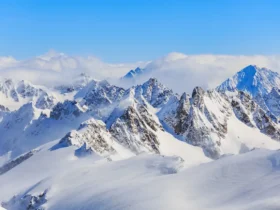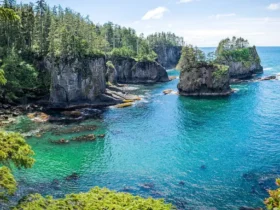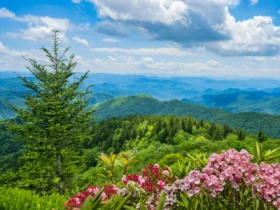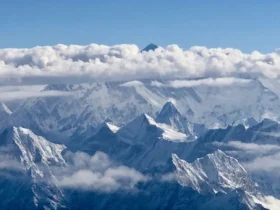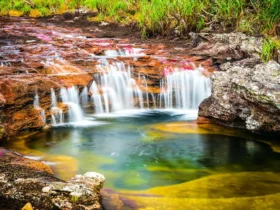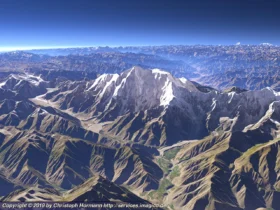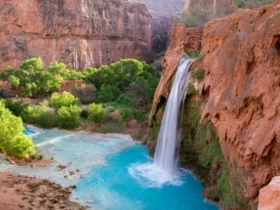K2, also known as Mount Godwin-Austen or Chhogori, is the second-highest mountain in the world, standing at an elevation of 8,611 meters (28,251 feet). It is located in the Karakoram Range of the Himalayas on the border between Pakistan and China. K2 is known for its formidable and treacherous climbing conditions, earning it the reputation of being one of the most challenging and dangerous mountains to climb.
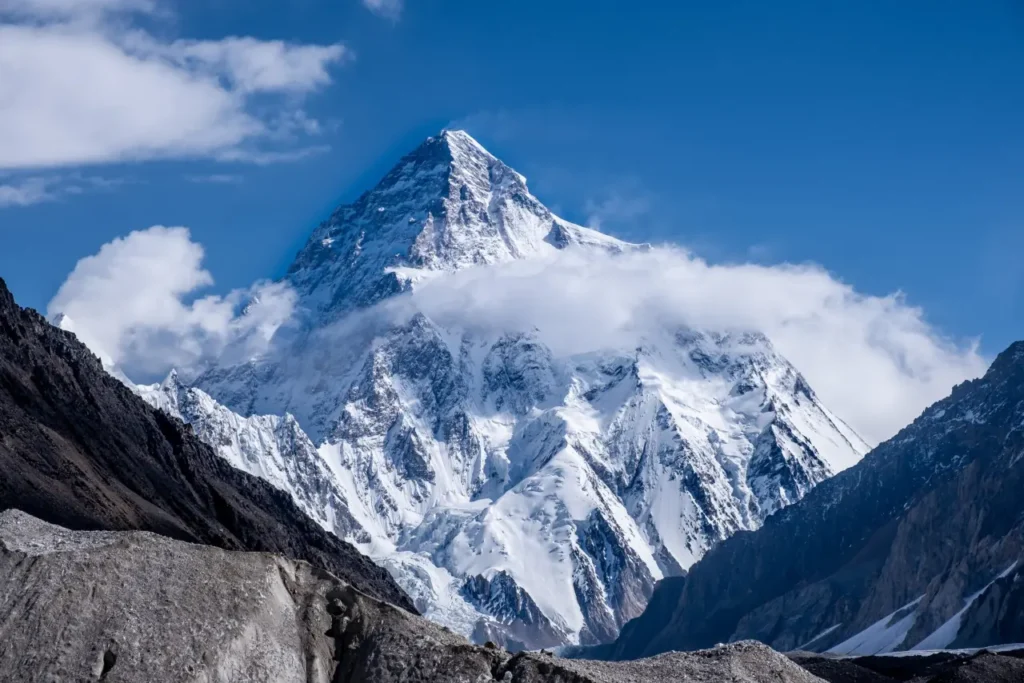
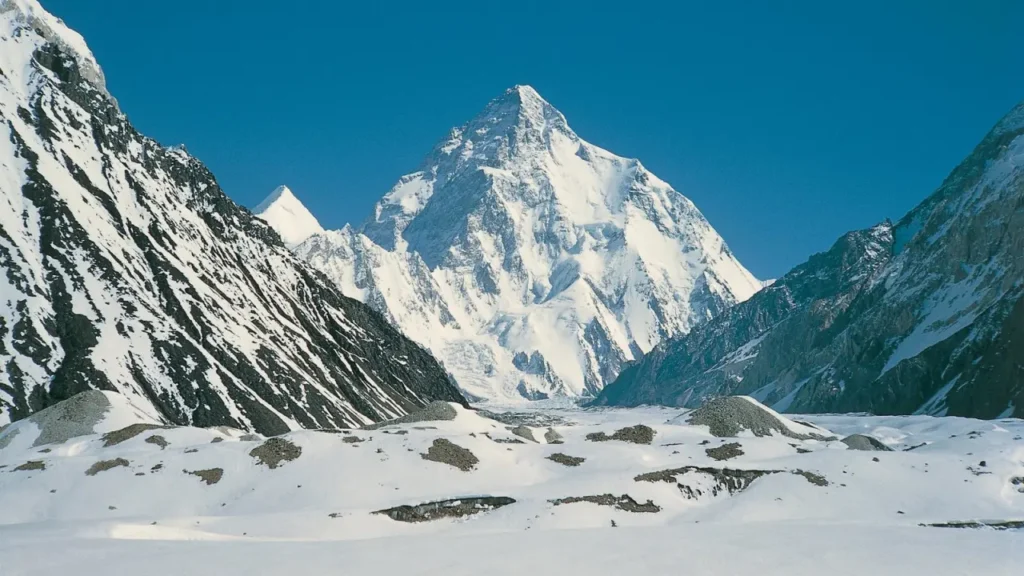
Here are some key aspects and facts about K2
K2’s challenging nature and stunning beauty continue to captivate mountaineers, adventurers, and nature enthusiasts from around the world. The allure of conquering the world’s second-highest peak, coupled with the breathtaking scenery of the Karakoram Range, makes K2 a legendary and revered destination in the world of mountaineering.
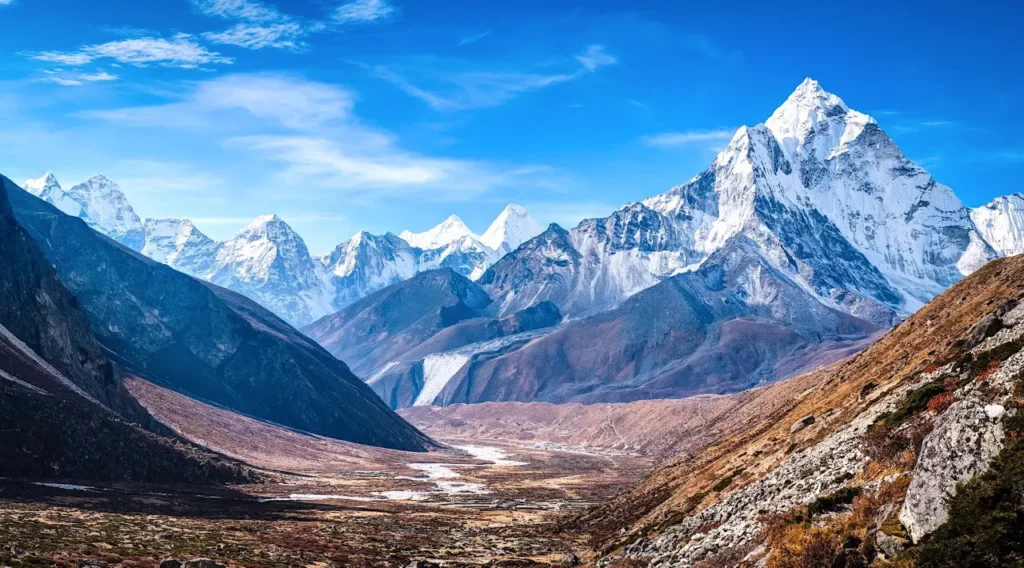
Climbing Difficulty
K2 is widely regarded as one of the most difficult mountains to climb. It has a steep and icy terrain with severe weather conditions, including high winds and extreme cold. The technical challenges, rockfall, avalanches, and unpredictable weather make it a significant undertaking for even the most experienced climbers.
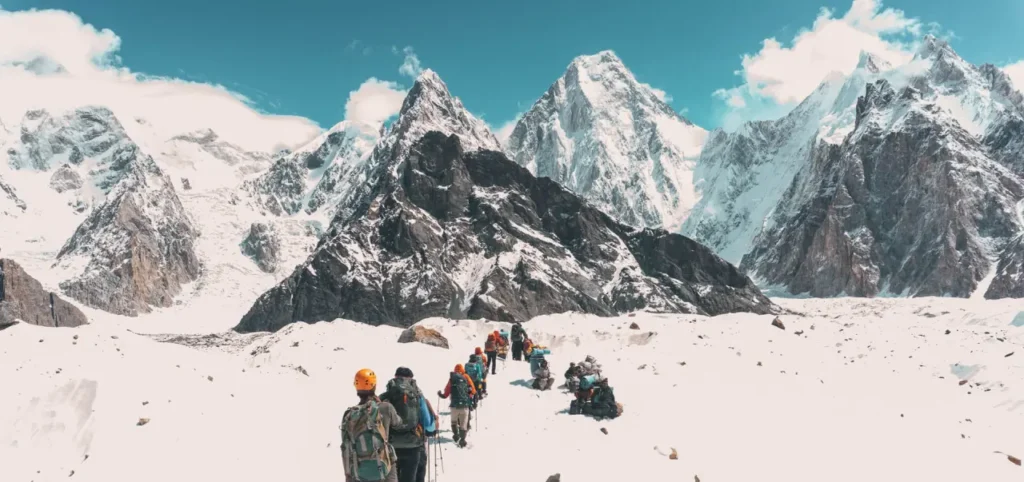
Climbing Routes
There are several routes to ascend K2, but the two most commonly attempted routes are the Abruzzi Spur (Southeast Ridge) and the Cesen Route (South-Southeast Ridge). These routes involve technical climbing, ice climbing, and exposure to high altitude. Both routes require climbers to navigate through steep and dangerous sections.
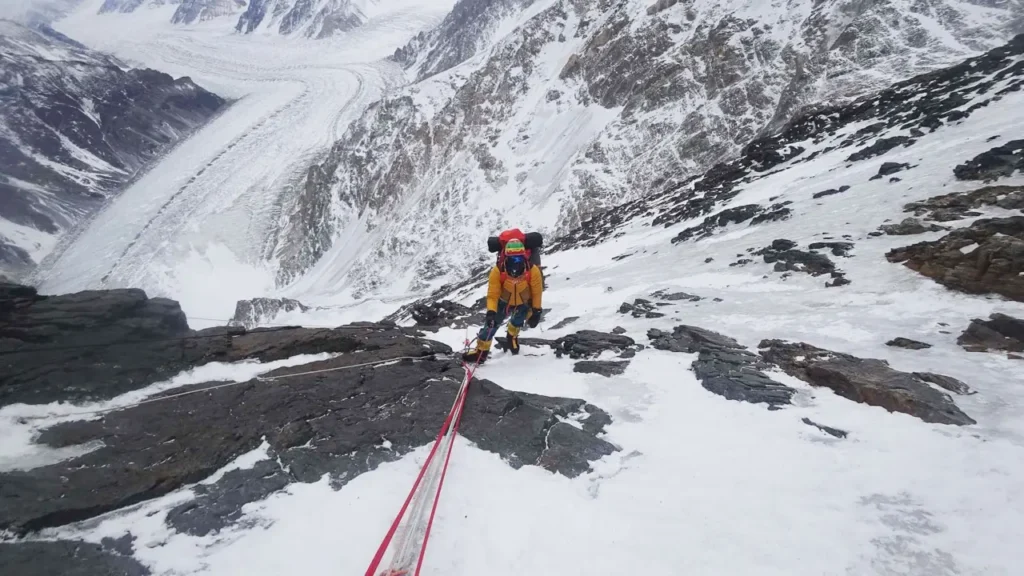
First Ascent
K2 was first successfully summited on July 31, 1954, by an Italian expedition led by Ardito Desio. The climbers who reached the summit were Lino Lacedelli and Achille Compagnoni. The achievement of the first ascent remains a significant milestone in mountaineering history.
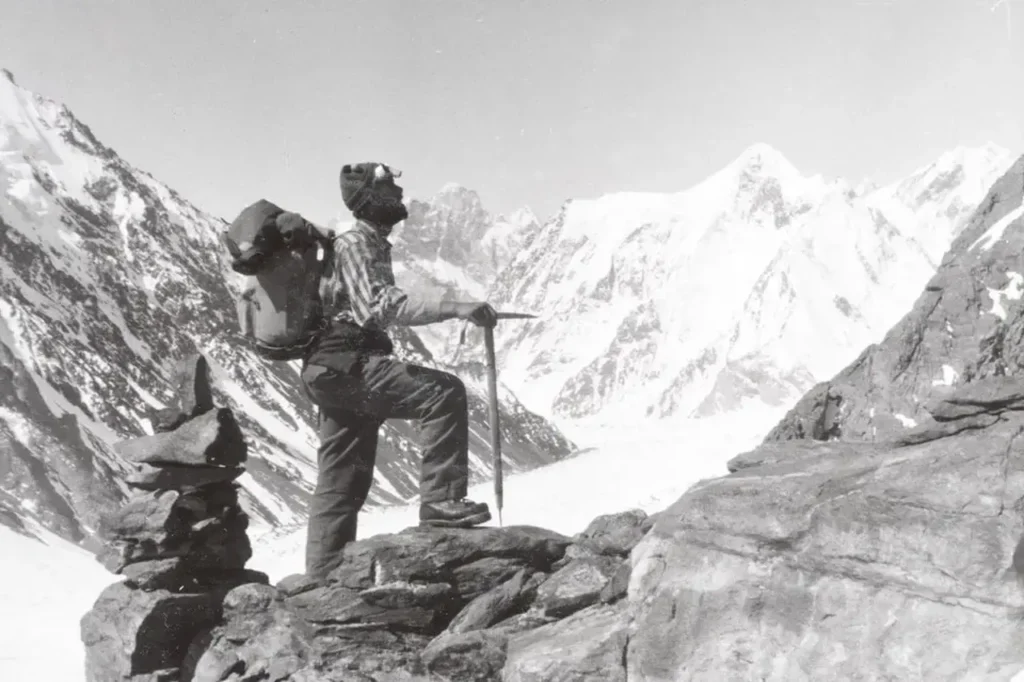
Fatalities and Challenges
K2 has a notorious reputation for being extremely challenging and dangerous. The fatality rate on K2 is relatively high compared to other mountains. The steep slopes, unpredictable weather, and technical difficulties pose significant risks to climbers, making it a formidable endeavor even for experienced mountaineers.
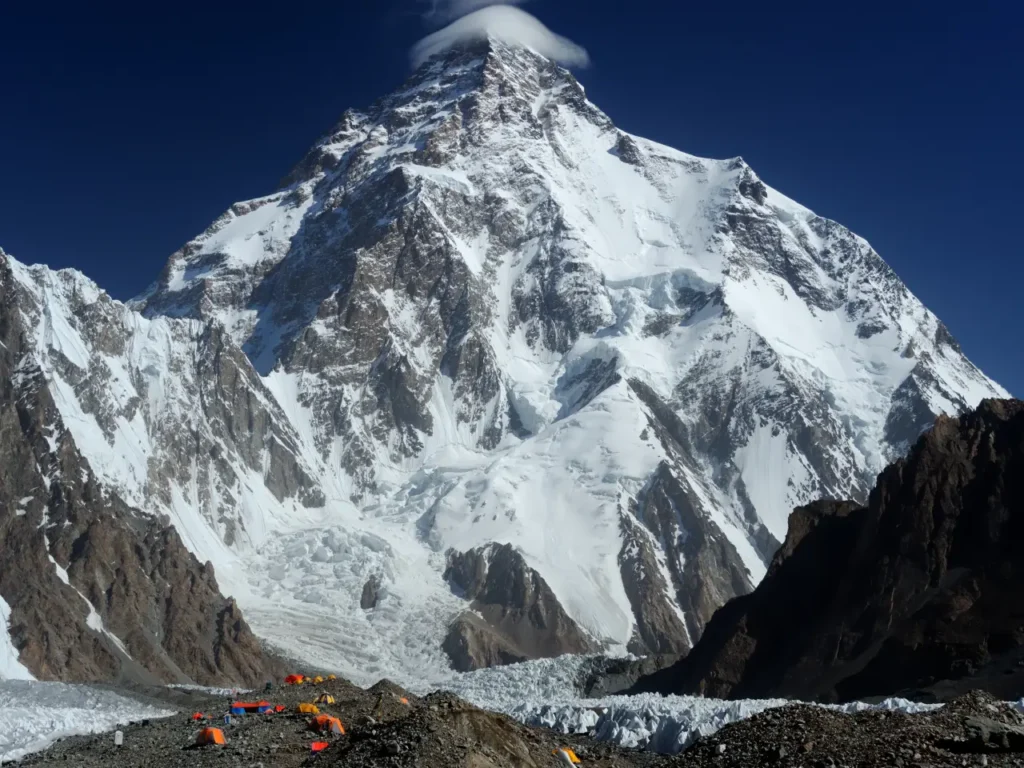
K2 Base Camps
There are several base camps established for climbers attempting to summit K2. The most commonly used base camp on the Pakistani side is the traditional Concordia Base Camp, located at the confluence of the Baltoro Glacier and the Godwin-Austen Glacier. On the Chinese side, the base camp is typically set up near the Chinese K2 Expedition Club.
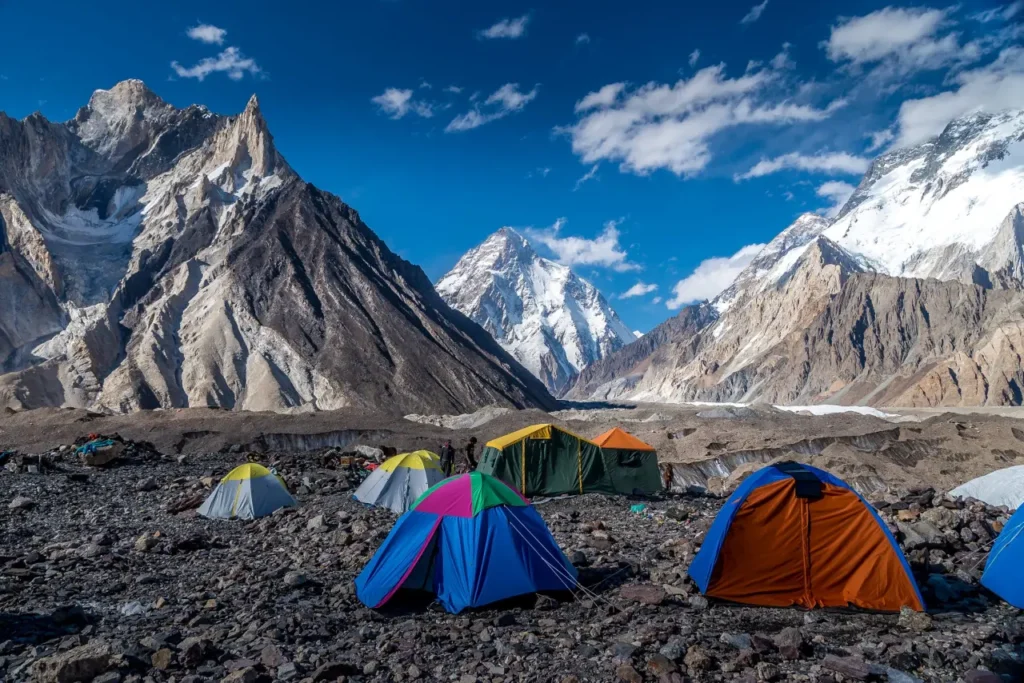
Pakistani and Chinese Routes
K2 has two main sides: the Pakistani side, accessed through the Baltoro Glacier, and the Chinese side, accessed through the Godwin-Austen Glacier (also known as the Abruzzi Glacier). The majority of K2 expeditions take place from the Pakistani side, as it is considered the standard route.
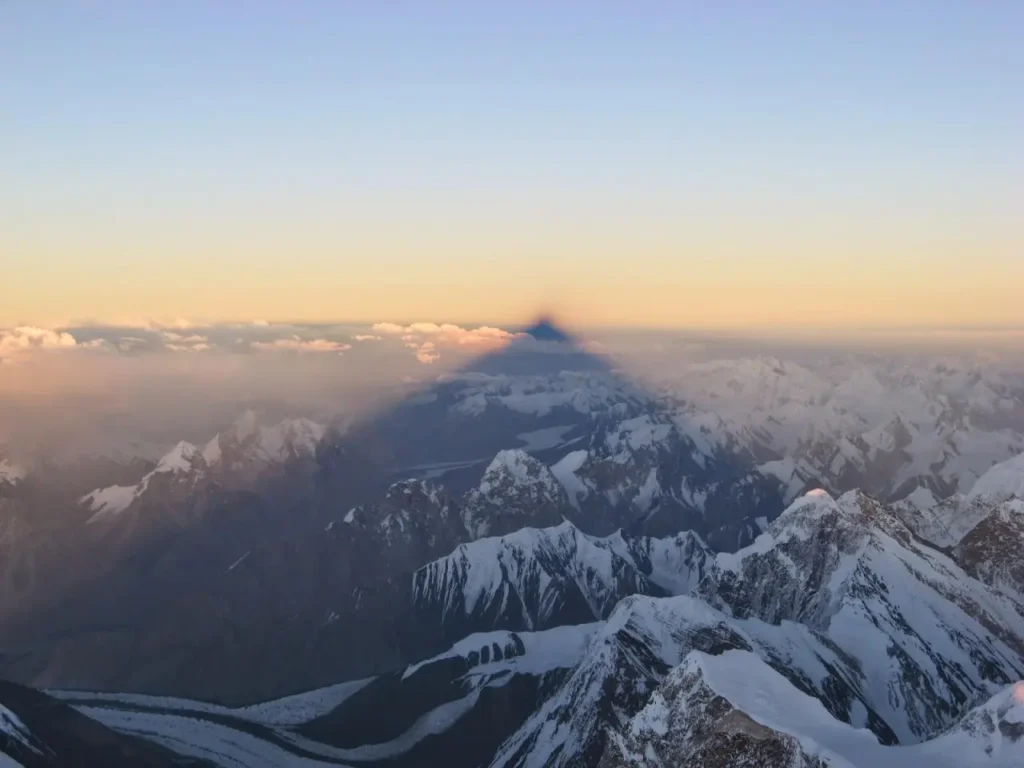
K2’s Cultural Significance
The name K2 is derived from the surveying system used during the Great Trigonometric Survey of British India, where mountains were labeled with letters instead of local names. The mountain holds cultural significance for the people of the region, with local names such as Chhogori, which means “King of Mountains” in the local Balti language.

There are many activities at K2 Mountain. Each activity in the K2 region offers a chance to immerse yourself in the incredible natural surroundings, challenge yourself physically and mentally, and create lasting memories of this extraordinary mountain landscape.
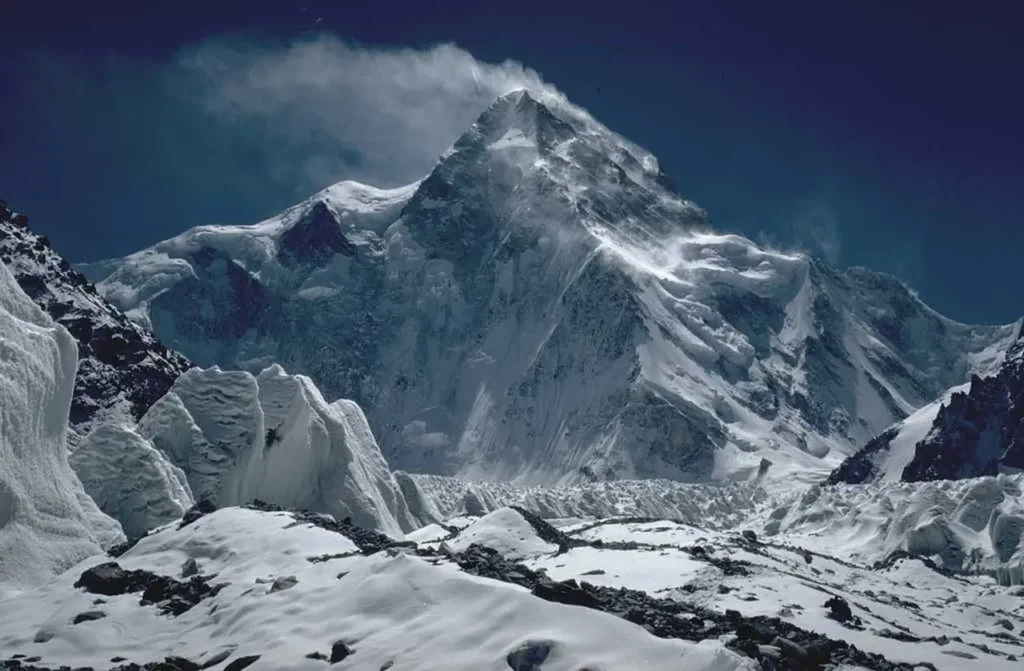
Hear are some of activities at K2 mountain
Activities at K2 revolve primarily around mountaineering and trekking due to its remote and challenging location. Here are some of the activities that take place in and around K2:
Mountaineering
K2 is a magnet for experienced mountaineers seeking a formidable challenge. Climbing K2 requires technical climbing skills, physical fitness, and high-altitude experience. Expeditions to K2 typically involve weeks of acclimatization, establishing camps at various altitudes, and making summit attempts. Mountaineering on K2 is an arduous and dangerous undertaking, requiring careful planning, teamwork, and a high level of skill.
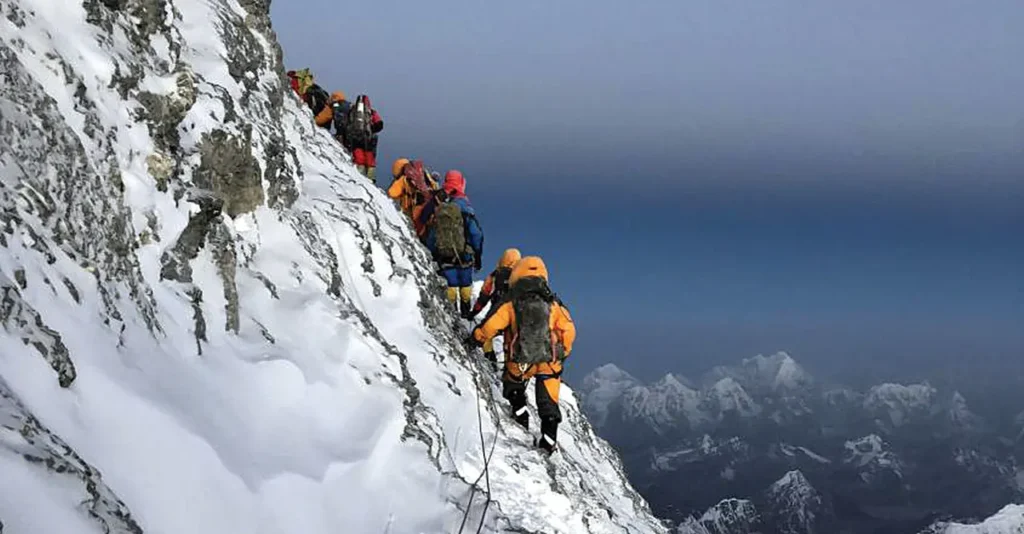
Trekking
The surrounding area of K2 offers breathtaking trekking opportunities. The most popular trek in the region is the K2 Base Camp trek, which takes you through the stunning landscapes of the Karakoram Range. The trek typically starts from Askole or Skardu in Pakistan and follows the Baltoro Glacier, passing by iconic peaks such as Broad Peak and Gasherbrum IV. The trek provides panoramic views of K2 and the surrounding mountains, as well as encounters with the local culture and communities along the way.
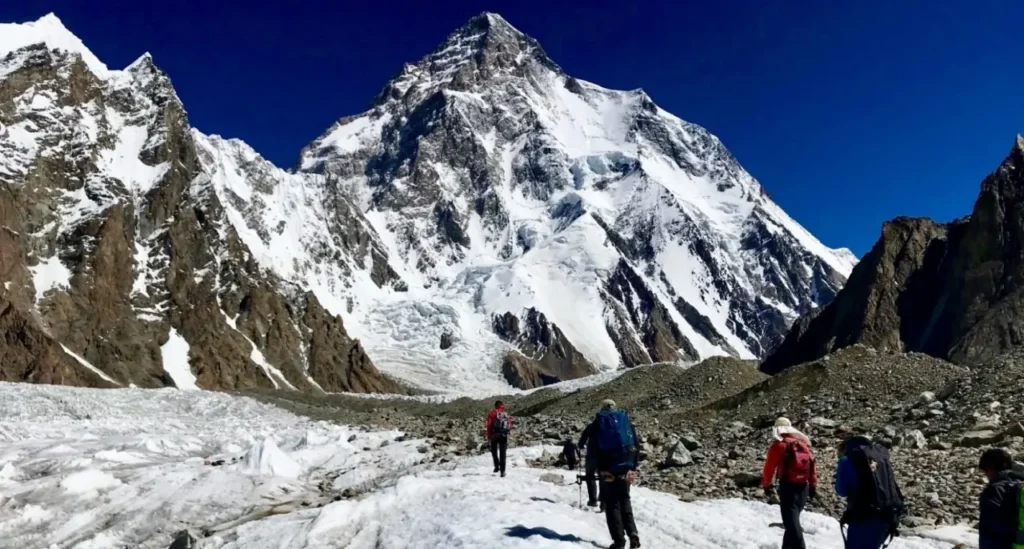
Cultural Exploration
The region around K2 is inhabited by diverse ethnic groups, including Balti, Hunza, and other indigenous communities. Exploring the local culture and interacting with the locals can be a rewarding experience. You can visit traditional villages, meet friendly locals, learn about their customs and way of life, and even attend local festivals if the timing aligns.
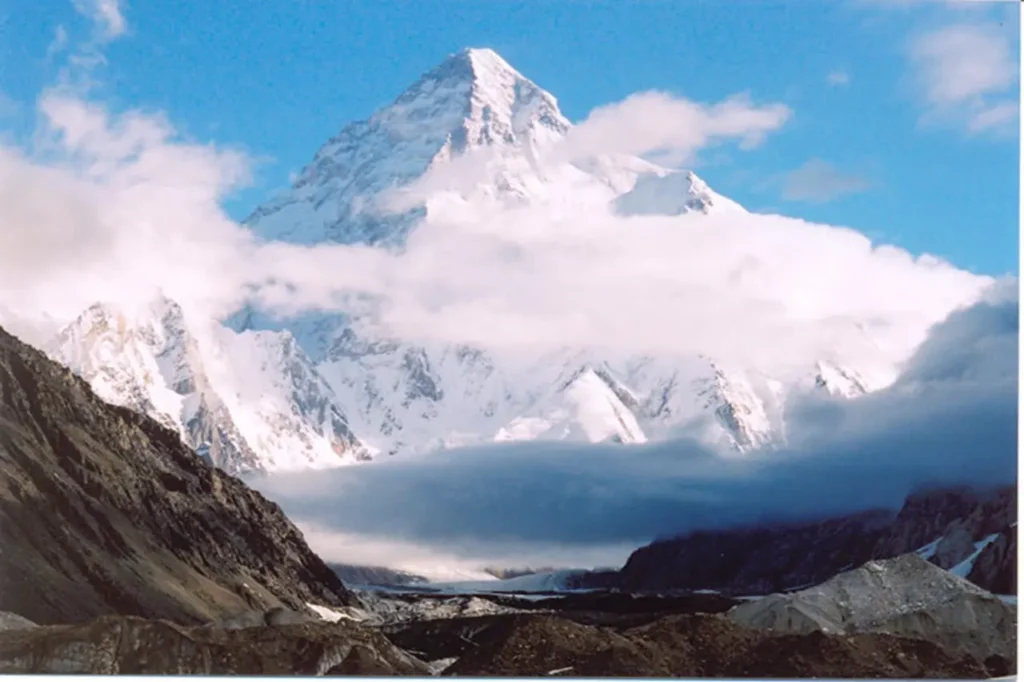
Photography and Nature Appreciation
The landscapes around K2 are truly awe-inspiring, offering abundant opportunities for photography and nature appreciation. The towering peaks, vast glaciers, deep valleys, and dramatic landscapes provide endless possibilities for capturing stunning images. Whether you’re an amateur photographer or a professional, the scenery of K2 and its surroundings will leave you captivated.
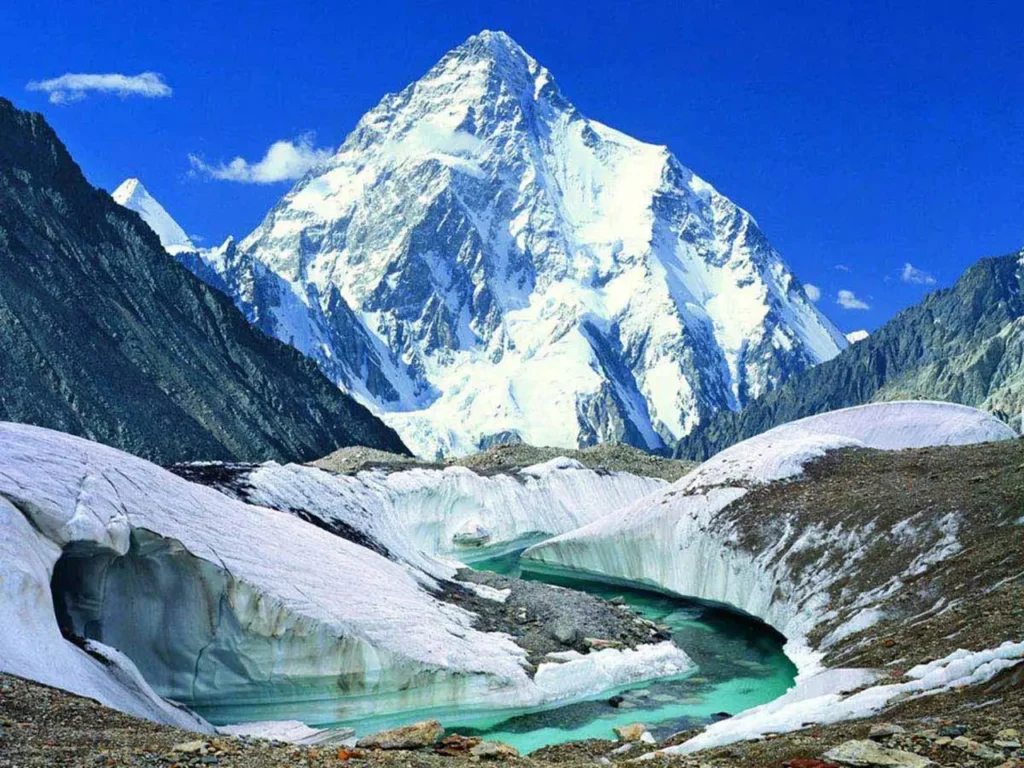
Wildlife Observation
The region around K2 is home to a variety of wildlife, including rare and endangered species. While trekking or during base camp stays, you may have the chance to spot wildlife such as ibex, Marco Polo sheep, Himalayan marmots, and various bird species. Observing these creatures in their natural habitat adds another layer of excitement to the K2 experience.
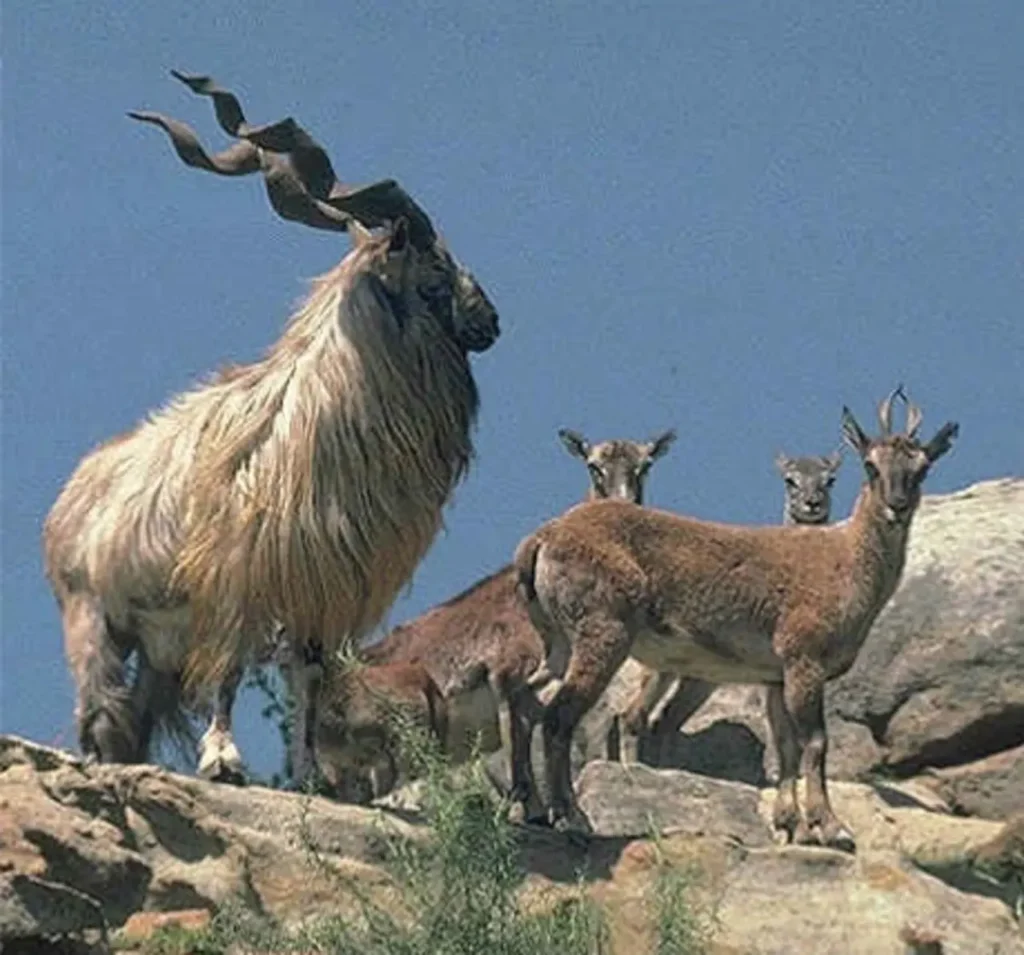
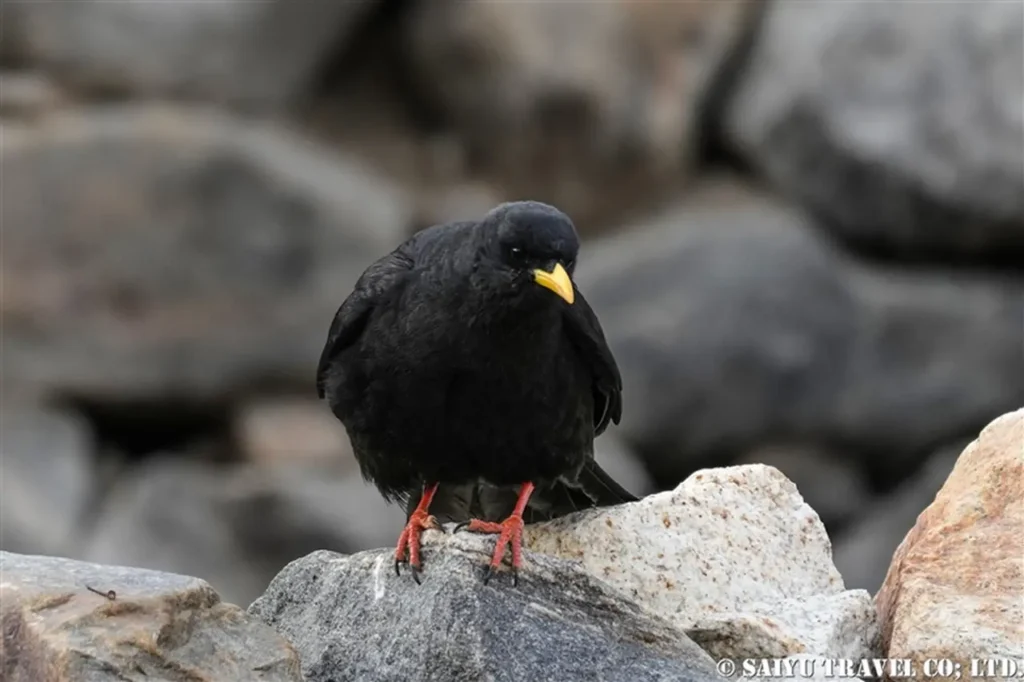
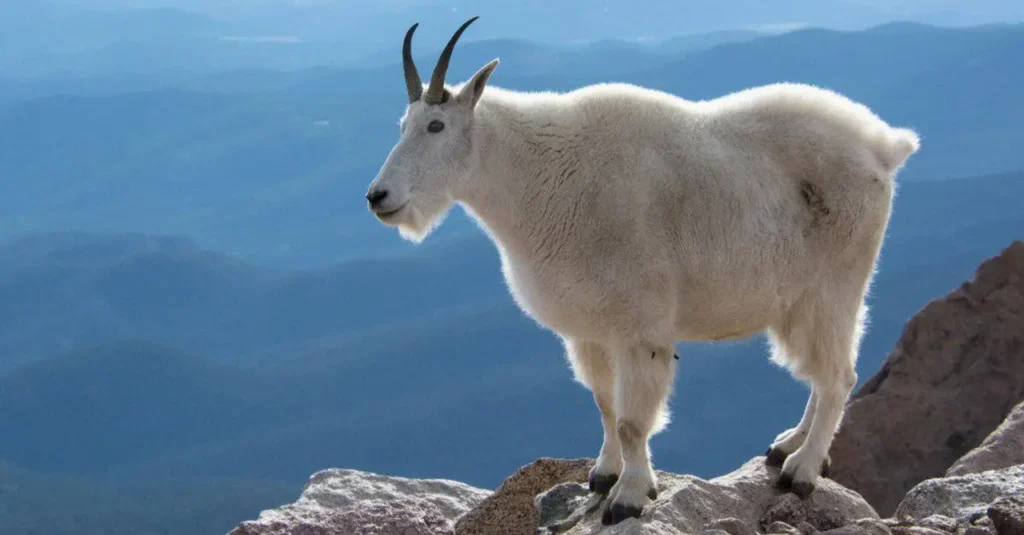
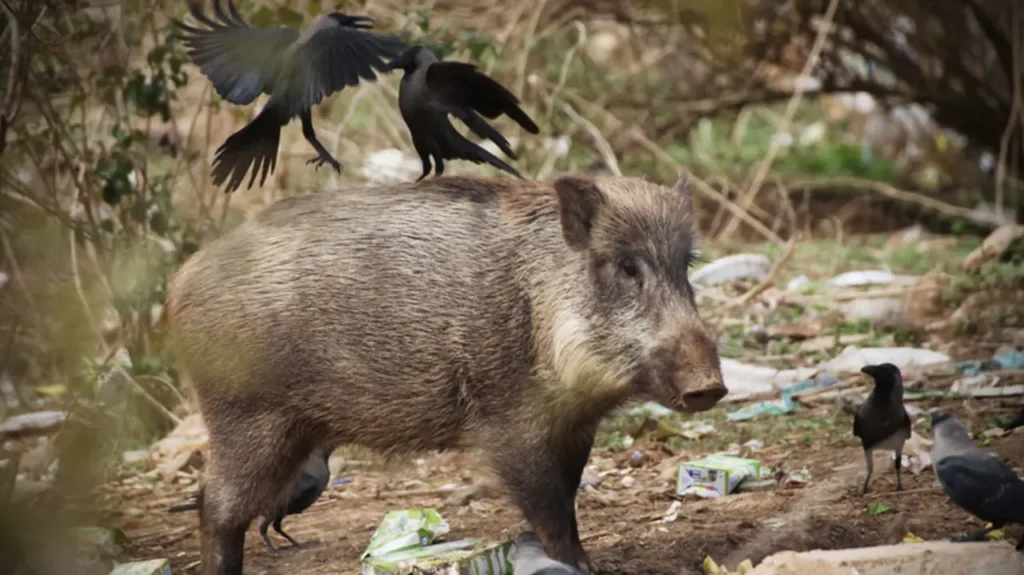
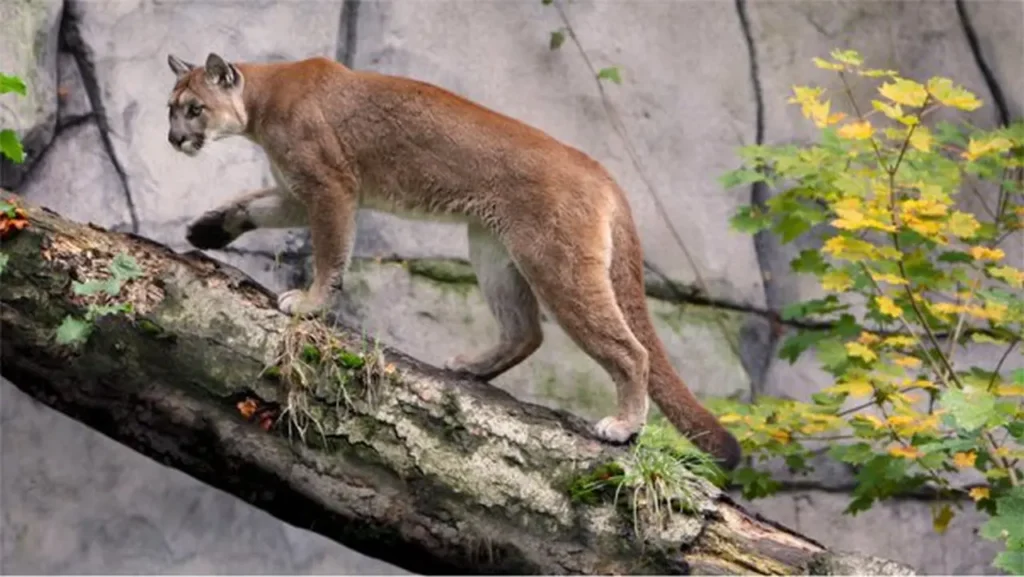
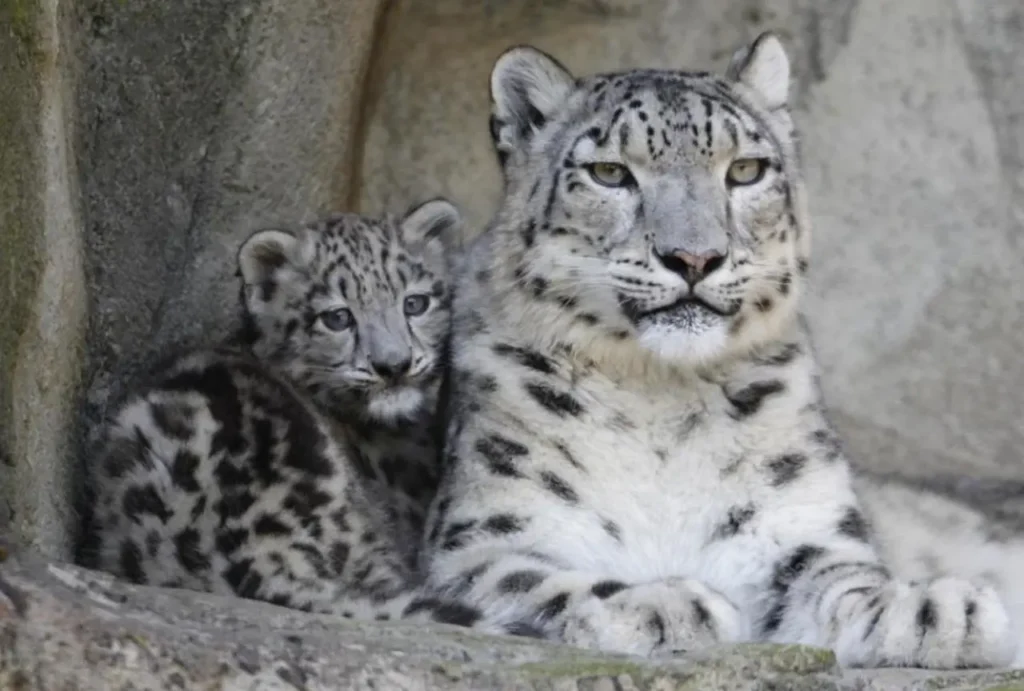
Skiing and Snowboarding
During the winter months, the K2 region transforms into a snowy wonderland, making it suitable for skiing and snowboarding. The slopes around K2 and nearby peaks offer thrilling descents and opportunities for winter sports enthusiasts. However, keep in mind that skiing and snowboarding in this area require advanced skills and proper equipment due to the challenging terrain and high altitude.
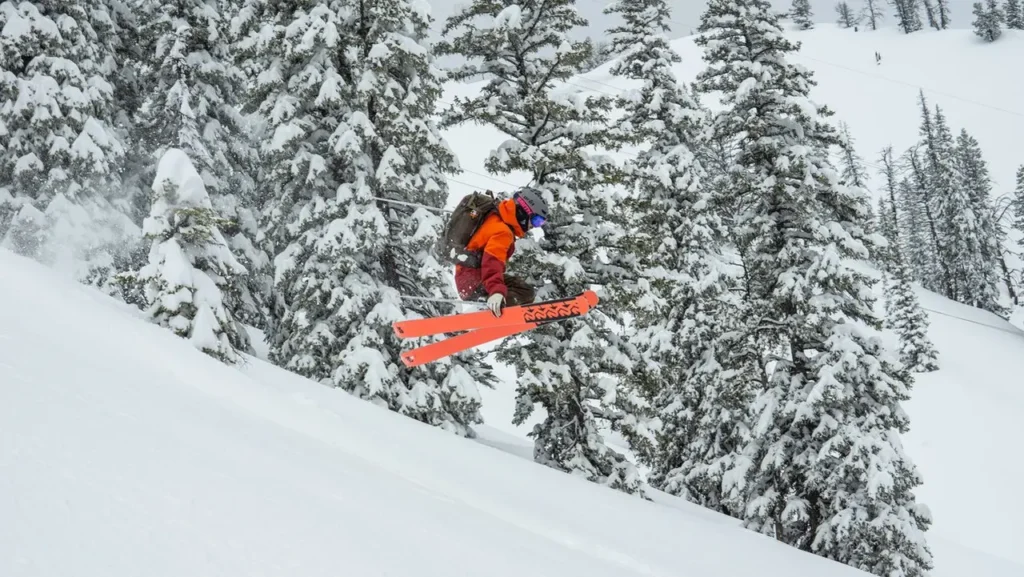
Glacier Exploration
The K2 region is known for its vast glaciers, including the Baltoro Glacier and the Godwin-Austen Glacier. Exploring these glaciers can be a remarkable experience. Guided glacier walks or ice climbing expeditions allow you to witness the awe-inspiring ice formations, crevasses, and seracs up close.
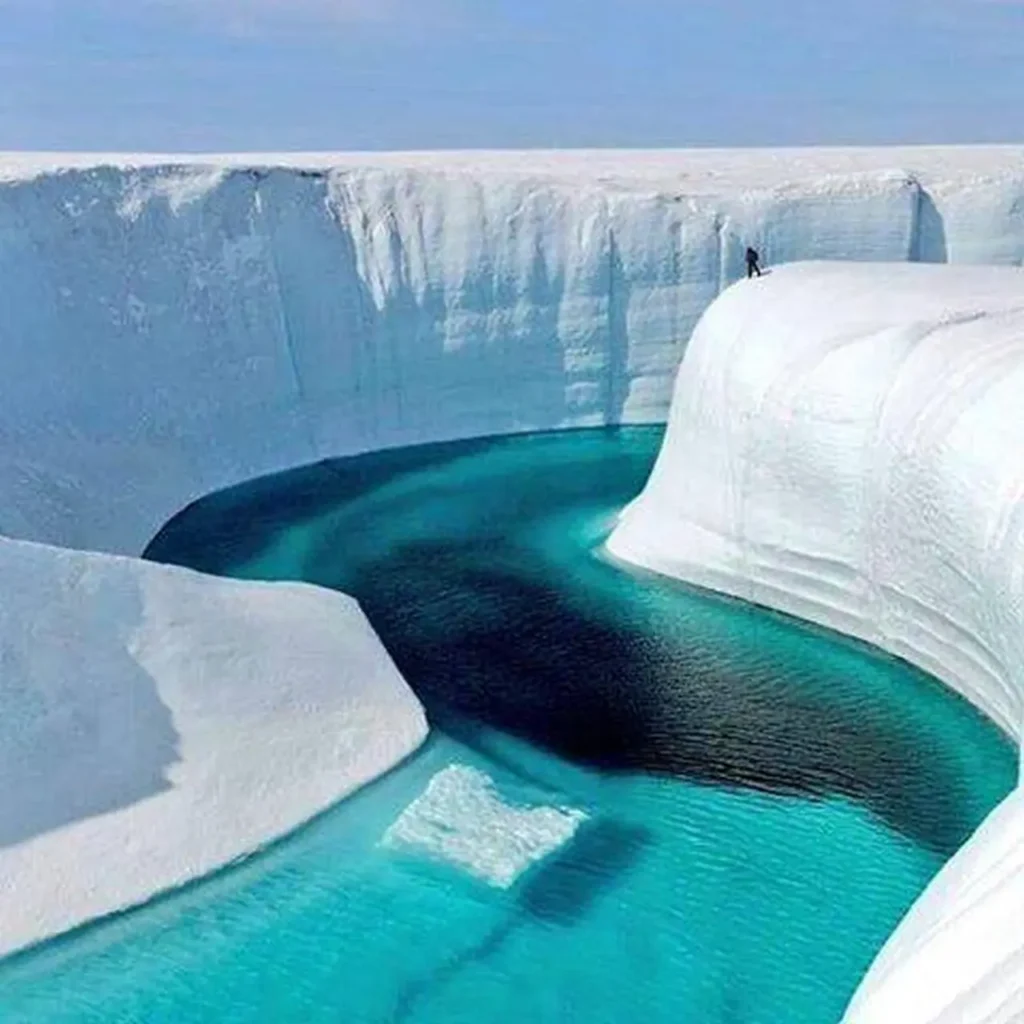
Camping and Stargazing
The K2 region offers excellent camping opportunities amidst breathtaking landscapes. Spending a night under the starry sky, surrounded by towering peaks, is a memorable experience. You can set up a camp at designated areas or join organized camping tours that provide the necessary equipment and guidance.
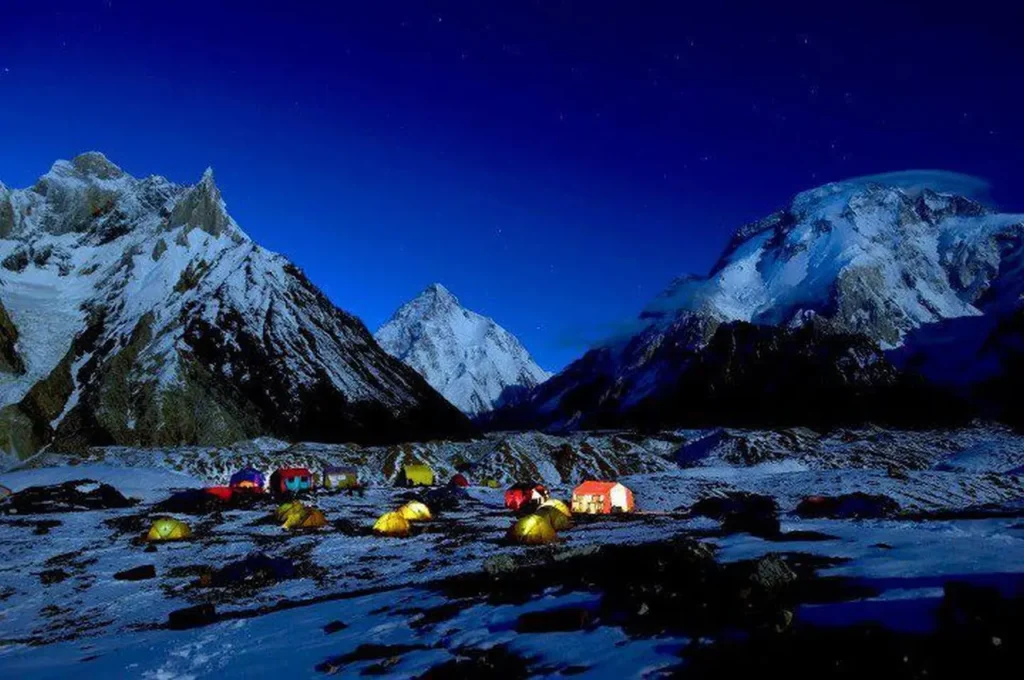
Exploring the Karakoram Highway
The Karakoram Highway, also known as the KKH, is a famous road that connects Pakistan and China. Embarking on a road trip along this iconic highway allows you to witness stunning vistas, pass through deep valleys, and encounter diverse landscapes. It’s an adventure in itself, offering opportunities to stop at scenic viewpoints, interact with local communities, and appreciate the grandeur of the Karakoram Range.
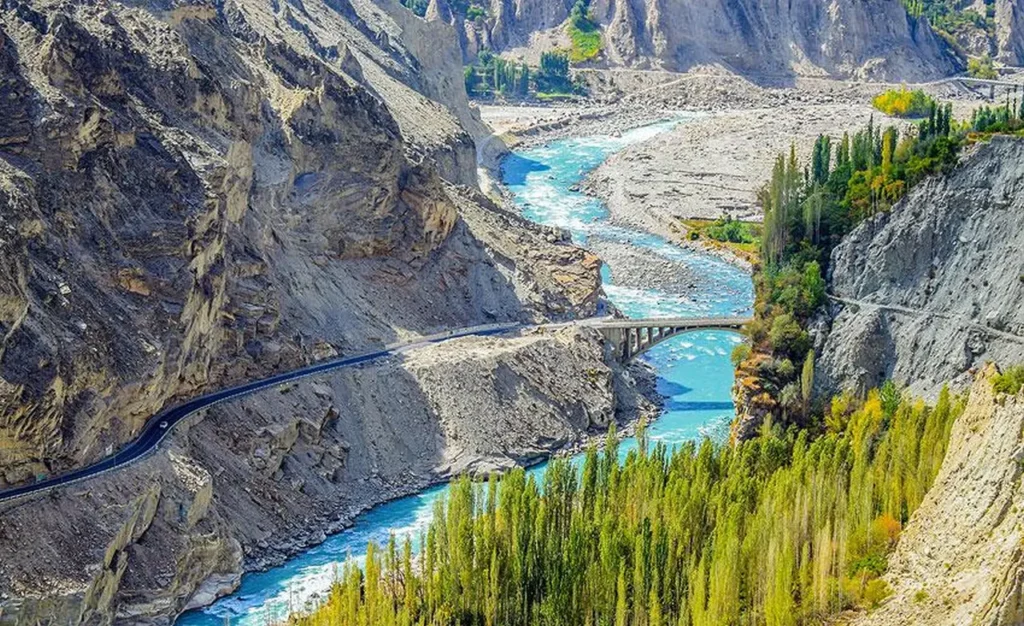
Helicopter Tours
For a more aerial perspective of the K2 region, you can opt for helicopter tours. These tours provide a unique opportunity to witness the vastness and beauty of the mountains from above, offering panoramic views that are otherwise inaccessible. Helicopter tours can be customized to include flyovers of K2, nearby peaks, and other scenic highlights.
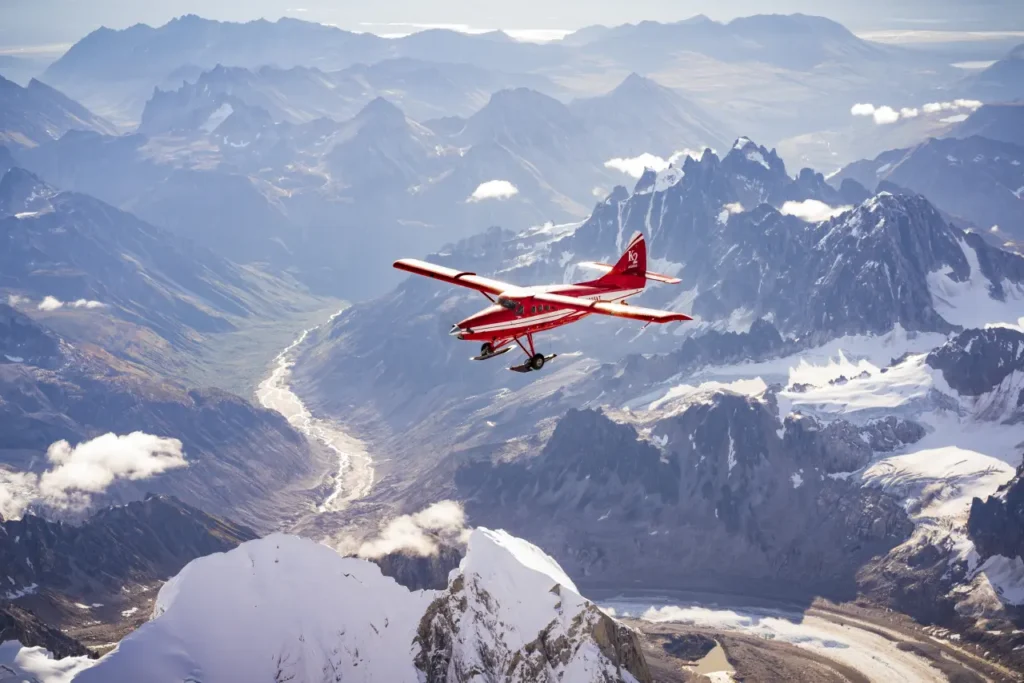
It’s important to note that activities at K2, particularly mountaineering, require thorough preparation, physical fitness, and appropriate gear. It is highly recommended to join organized expeditions, hire experienced guides, and ensure proper acclimatization to mitigate the risks associated with high-altitude climbing.
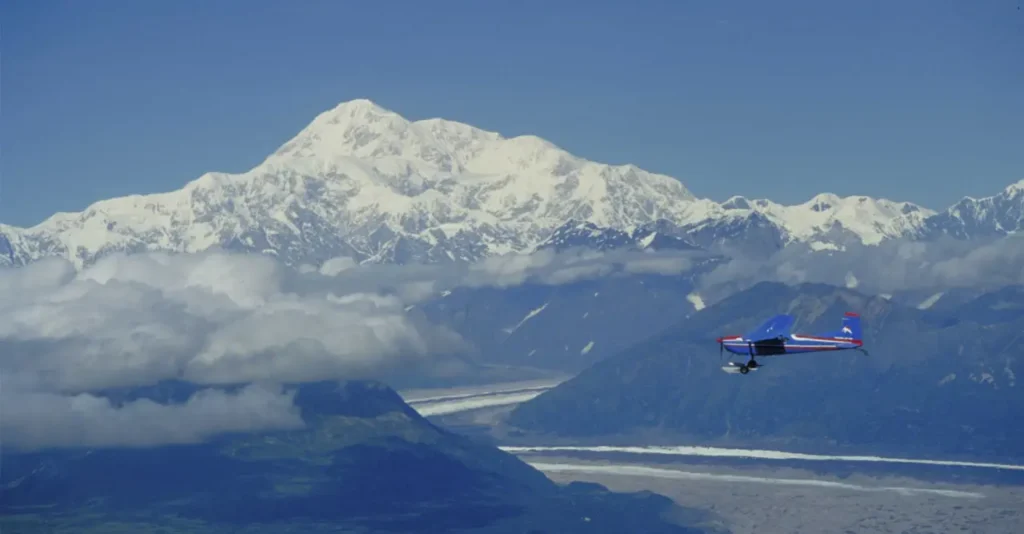
Additionally, it’s crucial to adhere to the principles of responsible tourism, respect the environment, and follow local regulations and guidelines to minimize the impact on the fragile mountain ecosystem and preserve the cultural heritage of the region.
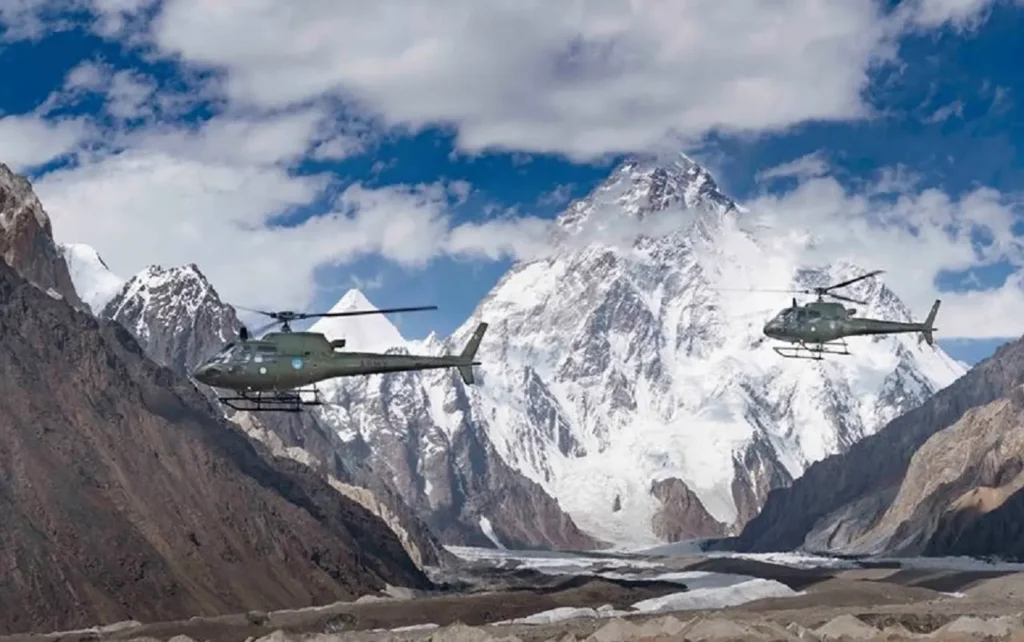
When participating in activities in the K2 region, it’s important to pay attention to the following points for your safety and enjoyment:
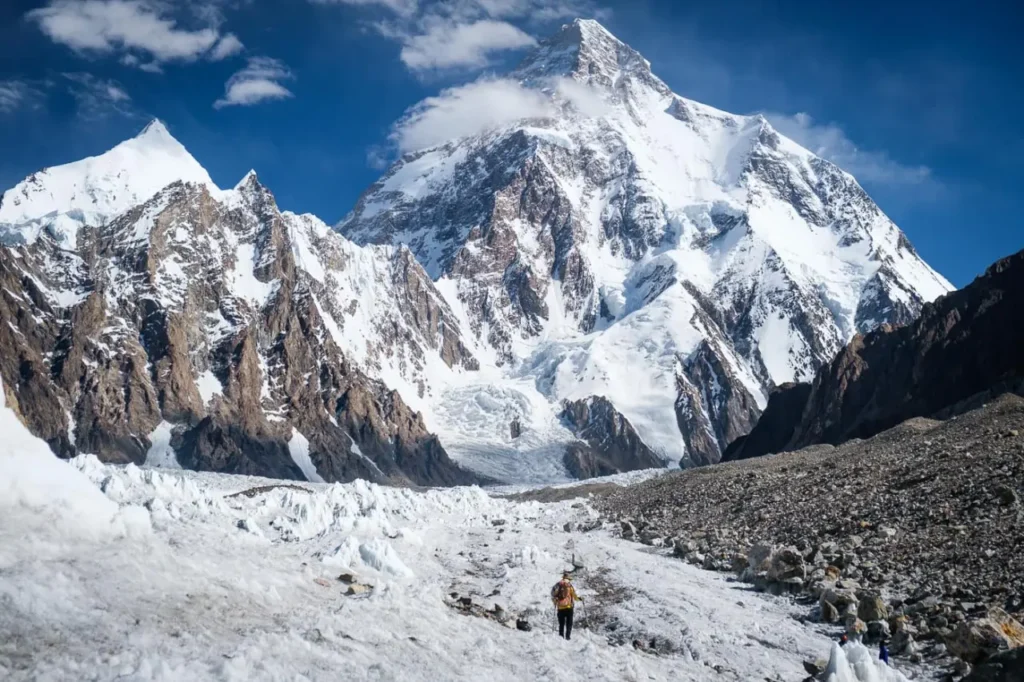
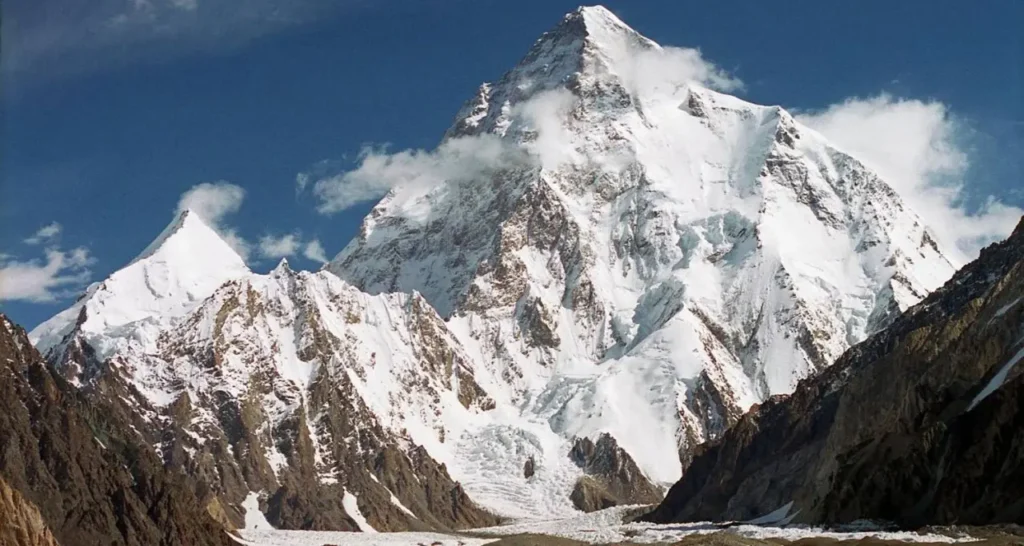
- Physical Fitness and Acclimatization: The K2 region is at high altitude, and many activities involve strenuous physical exertion. Prioritize your fitness and ensure you are in good health before engaging in challenging activities. Additionally, allow sufficient time for acclimatization to prevent altitude sickness and other altitude-related health issues.
- Expert Guidance and Local Knowledge: For mountaineering, technical climbs, or any adventurous activities, it’s crucial to have experienced guides who are familiar with the region. They can provide essential guidance, knowledge, and safety measures to navigate the challenging terrain and changing weather conditions.
- Weather Conditions: The weather in the K2 region can be highly unpredictable and harsh, with rapid changes in temperature, snowfall, and high winds. Stay informed about the weather forecast, be prepared for sudden weather changes, and adjust your plans accordingly. Monitor weather updates regularly and follow the advice of local authorities and experienced guides.
- Proper Gear and Equipment: Whether you’re mountaineering, trekking, or engaging in other outdoor activities, ensure you have the appropriate gear and equipment. This includes proper hiking boots, layered clothing for varying temperatures, headwear, gloves, sunglasses, and adequate protection against the elements. For technical climbs or specific activities like skiing or ice climbing, specialized gear and equipment are essential.
- Safety Measures and Risk Assessment: Evaluate the risks associated with each activity and make informed decisions accordingly. Understand the challenges involved, assess your own capabilities, and follow safety protocols. Be prepared for emergency situations and carry necessary safety equipment such as first aid kits, communication devices, and emergency shelters.
- Environmental Conservation: Respect the fragile ecosystem and cultural heritage of the K2 region. Follow principles of Leave No Trace, avoid littering, and dispose of waste properly. Respect local customs, traditions, and sacred sites. Minimize your impact on the environment and leave the natural surroundings as you found them.
- Travel Permits and Regulations: Depending on your activities and the specific locations you visit, you may need permits and permissions. Familiarize yourself with the local regulations, obtain necessary permits in advance, and comply with the rules and guidelines set by the authorities. This ensures a smooth and legal experience while supporting local conservation efforts.
- Physical Safety and Risk Awareness: Engaging in activities in the K2 region involves inherent risks. Understand the dangers associated with mountaineering, climbing, or other adventurous pursuits. Be cautious, follow safety instructions, and make wise decisions to mitigate risks and ensure your personal safety.
- Hydration and Nutrition: Maintain proper hydration and nutrition during your activities. Drink plenty of water, especially at high altitudes, and consume nutritious food to sustain your energy levels. Carry snacks or energy bars to fuel yourself during long treks or climbs.
- Emergency Preparedness: In remote mountainous areas, access to medical facilities and emergency services can be limited. Carry a comprehensive first aid kit, know basic first aid techniques, and have contingency plans for emergencies. Communicate your itinerary to a reliable contact person and keep them informed of your progress.
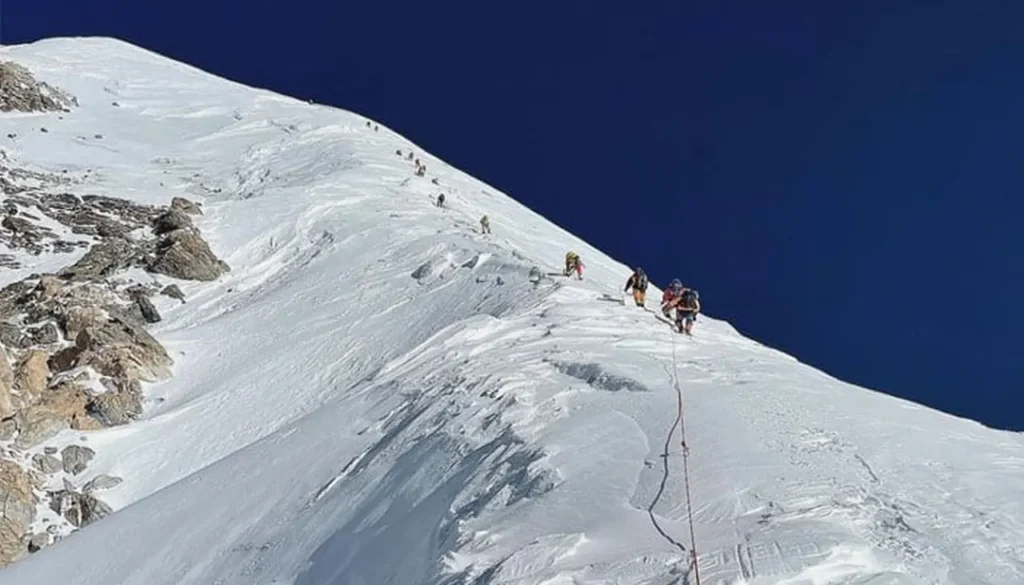
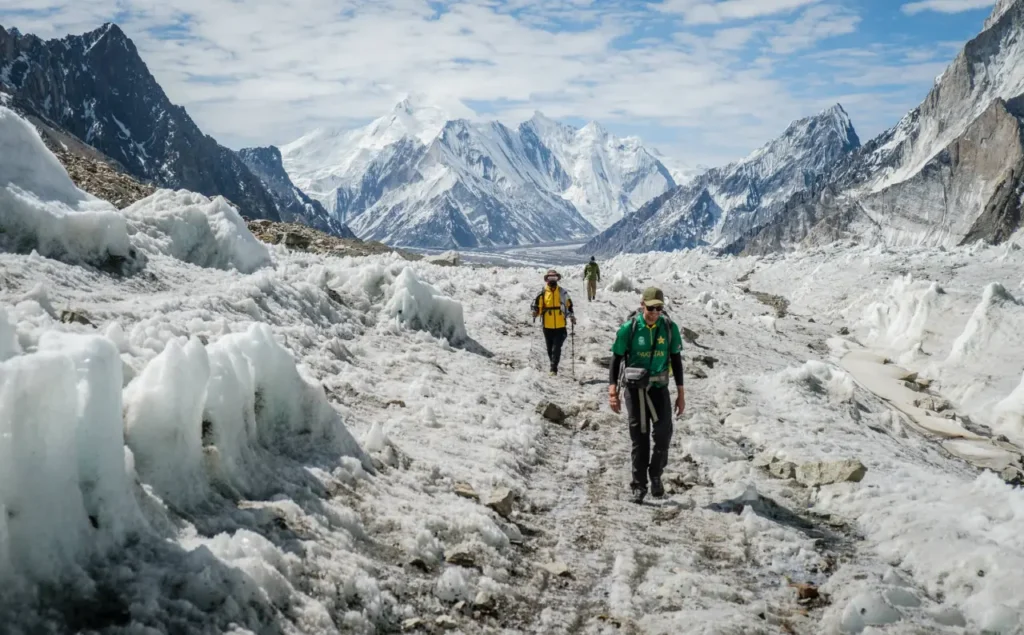
By paying attention to these factors, you can enhance your safety, minimize risks, and make the most of your activities in the K2 region. Always prioritize personal safety and respect the pristine environment and local culture of this remarkable mountain landscape.
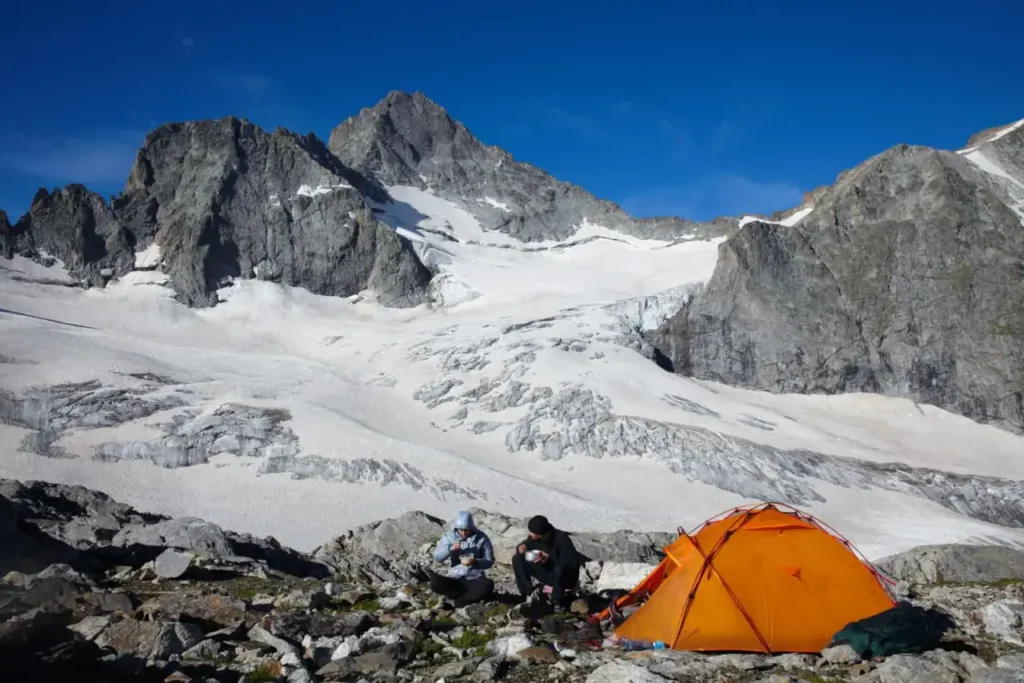
The best time to go K2 Mountain
The best time to visit the K2 region depends on the specific activity you plan to undertake. Here’s a breakdown of the different seasons and their suitability for various activities:
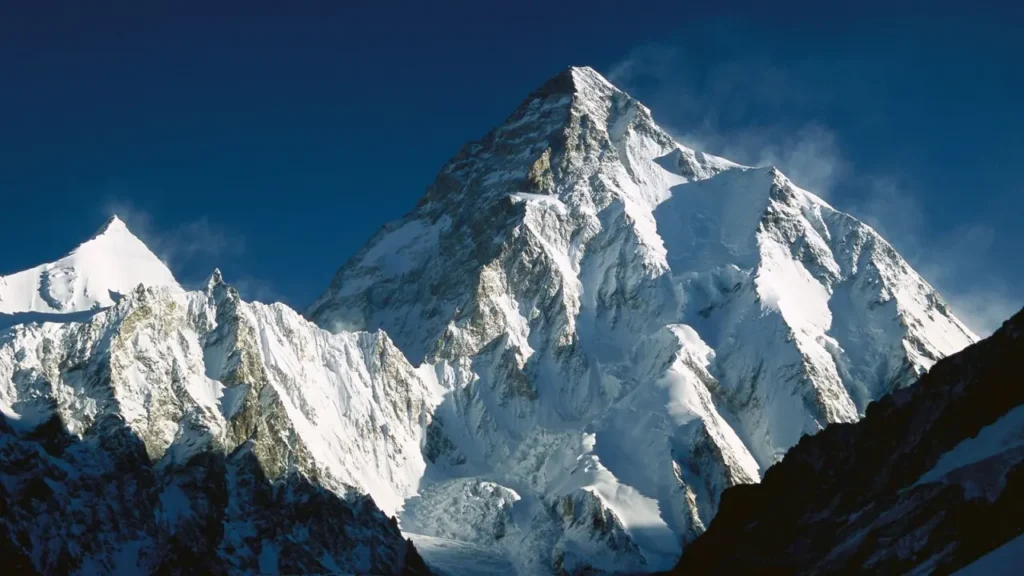
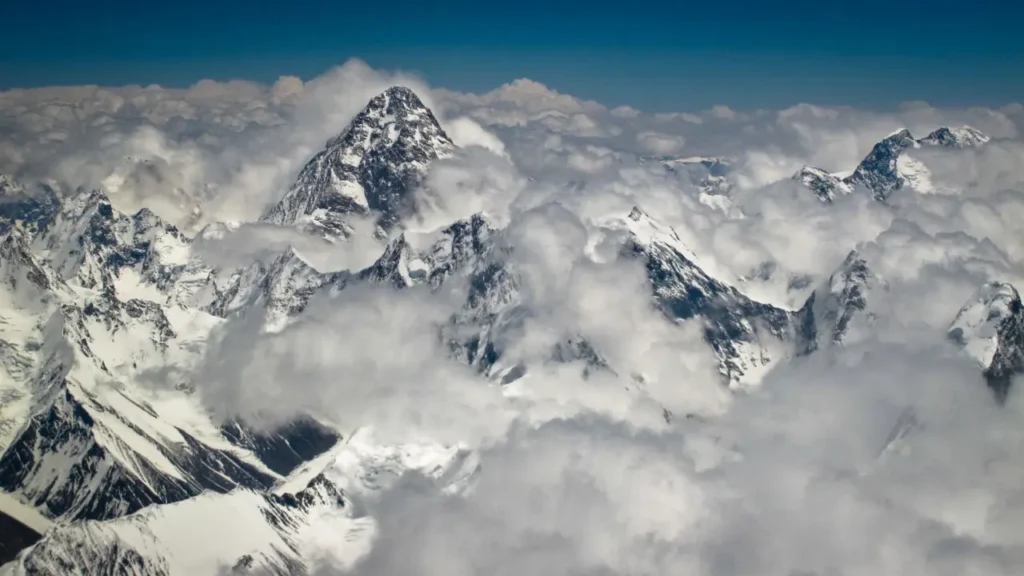
- Summer Season (June to August): This is the primary climbing season for K2 and other peaks in the region. The weather during this time is relatively stable, with warmer temperatures and longer daylight hours. The snow conditions are generally better, making it easier for climbers to navigate. However, keep in mind that weather conditions can still be challenging, and storms can occur at any time. This period is also ideal for trekking and other outdoor activities in the K2 region, as the trails are usually clear of snow.
- Spring Season (April to May): Spring is another favorable time to visit the K2 region. The weather starts to warm up, and the snow begins to melt, allowing for better access to trekking routes. However, the conditions can still be challenging due to the remnants of winter, and occasional snowfall may occur. It is a less crowded time compared to the summer season, providing a quieter and more serene experience.
- Autumn Season (September to October): Autumn offers pleasant weather conditions with milder temperatures and relatively stable weather. The skies are often clearer, offering excellent visibility of the surrounding peaks. The autumn foliage adds a vibrant touch to the landscapes, creating a picturesque setting for trekking and nature walks. However, towards the later part of October, the weather can start getting colder, and higher elevations may experience early snowfall.
- Winter Season (November to March): Winter in the K2 region brings extremely low temperatures, often dropping well below freezing, especially at higher altitudes. The combination of cold temperatures, high winds, and heavy snowfall creates an inhospitable environment. Traveling and staying in such conditions require specialized skills, equipment, and experience in extreme cold weather.
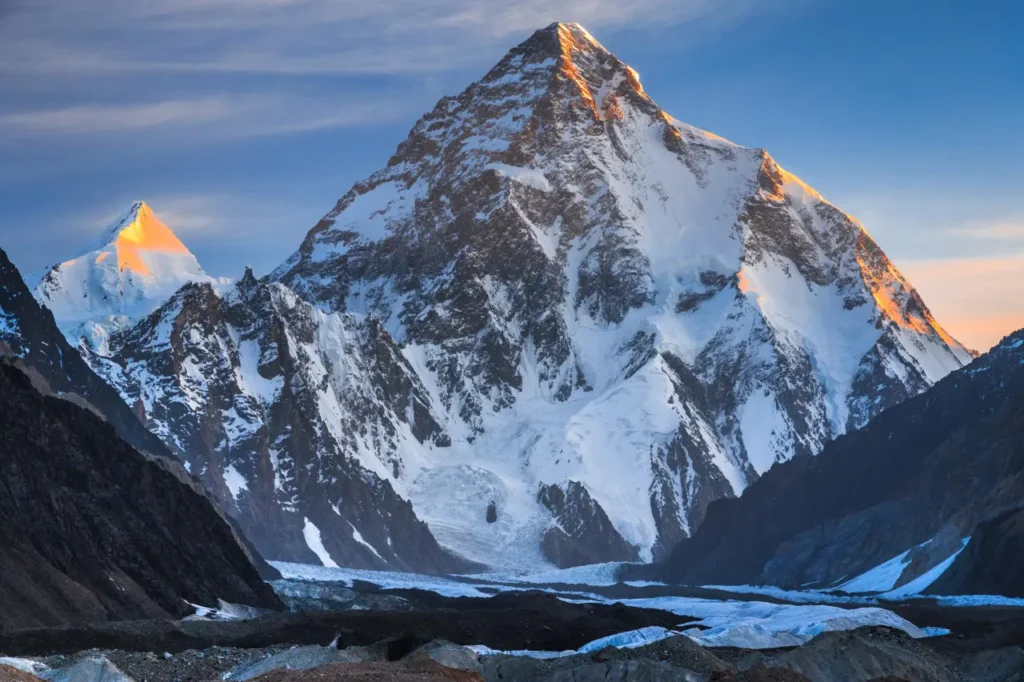
It’s important to note that the K2 region is remote and experiences extreme weather conditions. Even during the recommended seasons, the weather can change rapidly, and you should always be prepared for unexpected weather events. Additionally, it’s advisable to check the latest weather forecasts, consult with experienced guides or tour operators, and plan your visit accordingly.
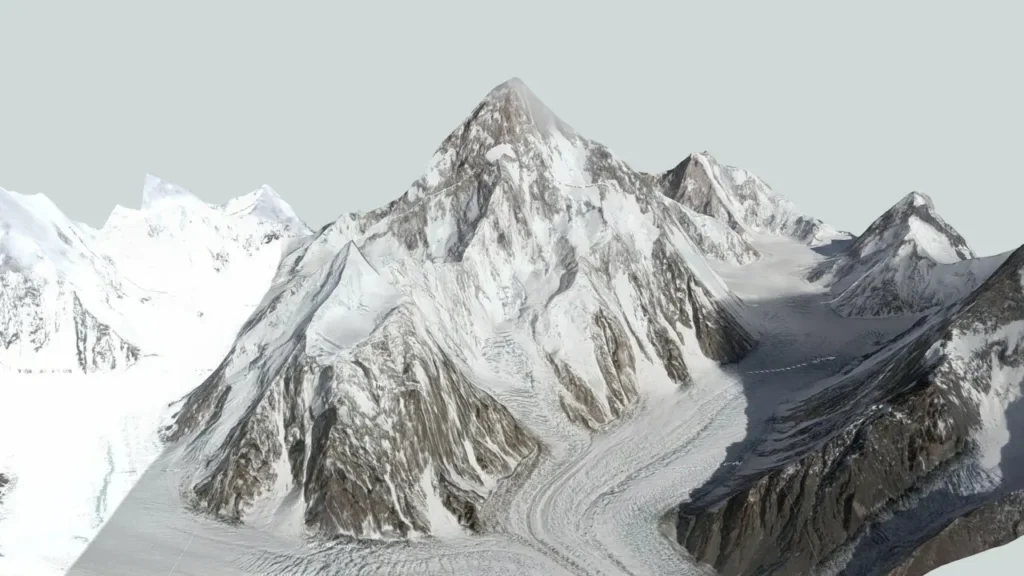
Keep in mind that if you are planning to climb K2 or undertake technical mountaineering activities, it’s crucial to align your expedition with the climbing season and ensure you have the necessary skills, experience, and permits required for such endeavors.
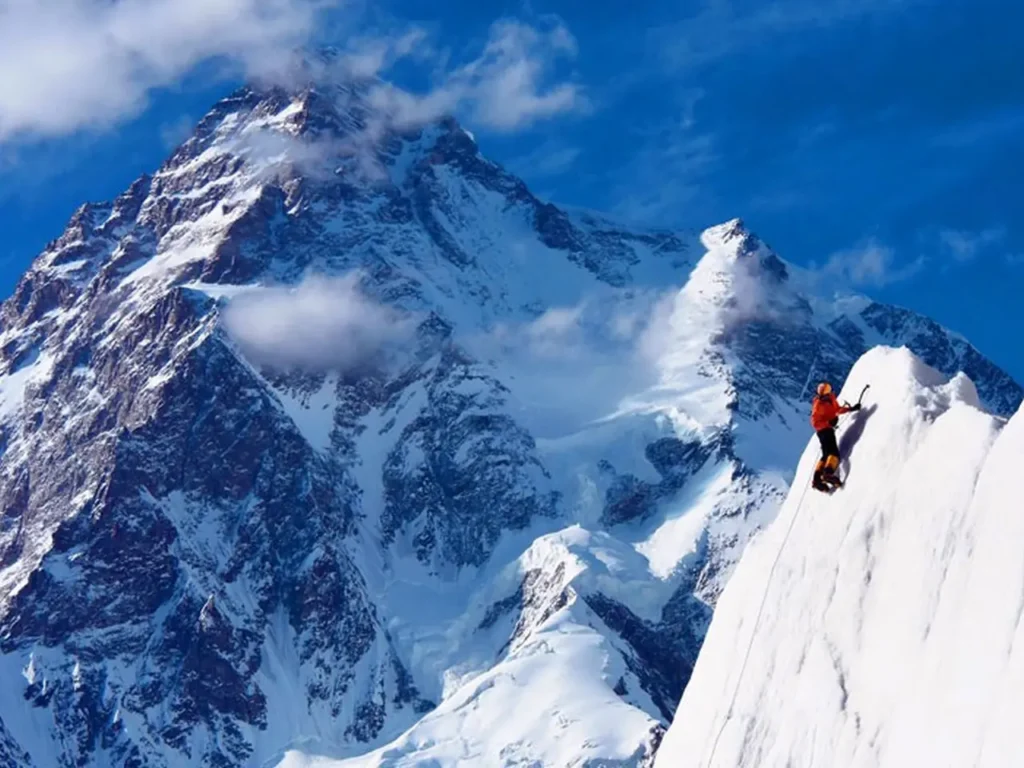
Ultimately, the best time to visit the K2 region depends on your preferences, the specific activities you wish to pursue, and your tolerance for different weather conditions.
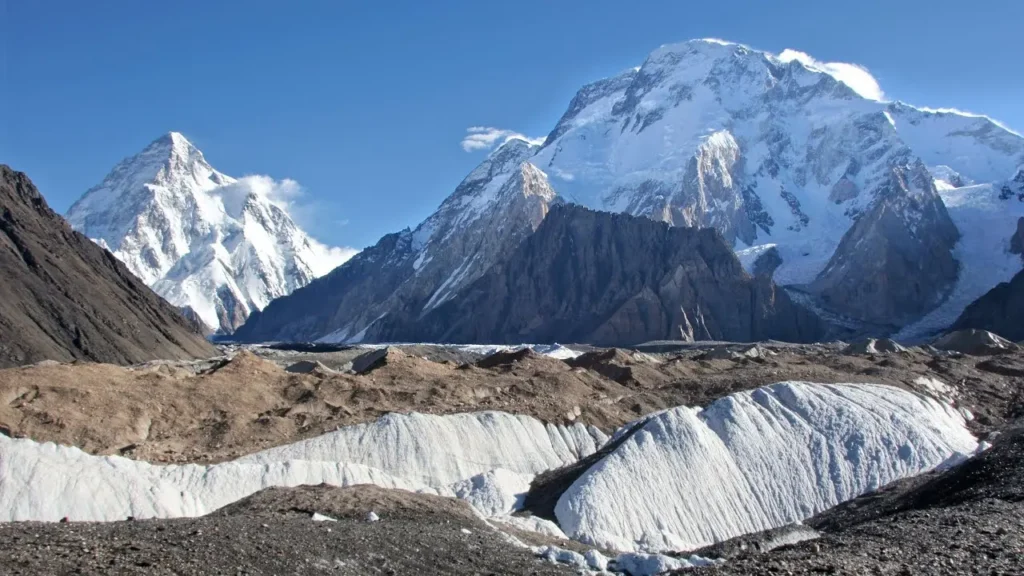
Here are some places to stay at K2 Mountain
When visiting the K2 region, accommodations options are available in nearby towns and villages. Here are some of the common places to stay in the vicinity of K2:
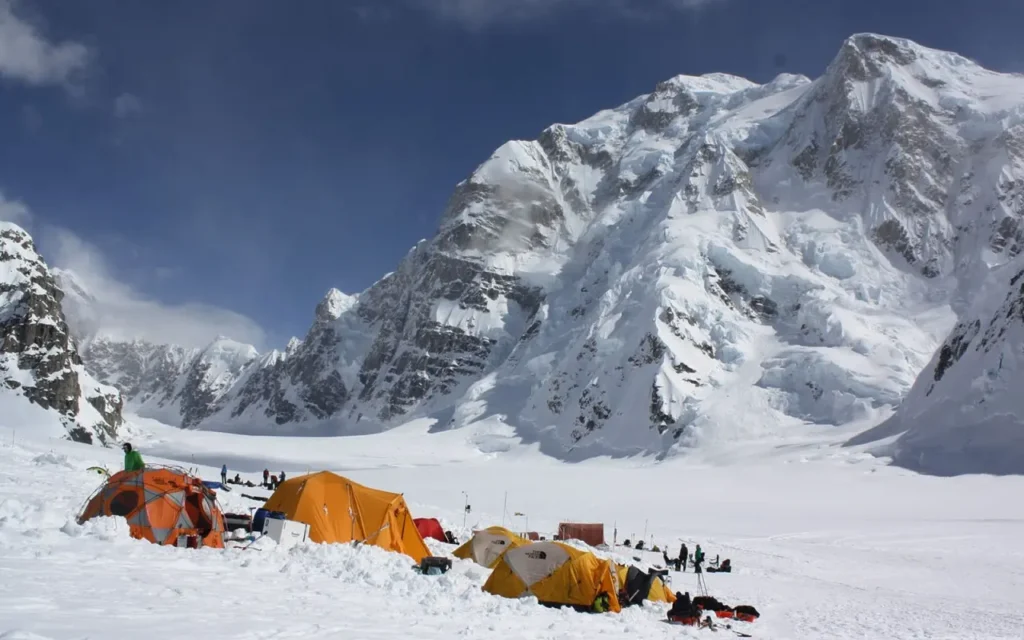
Skardu (Pakistan): Skardu is a major town in the Gilgit-Baltistan region of Pakistan and serves as a gateway to the K2 region. It offers a range of accommodation options, including hotels, guesthouses, and lodges. Skardu is well-connected by road and air, making it a convenient base for exploring the K2 area.
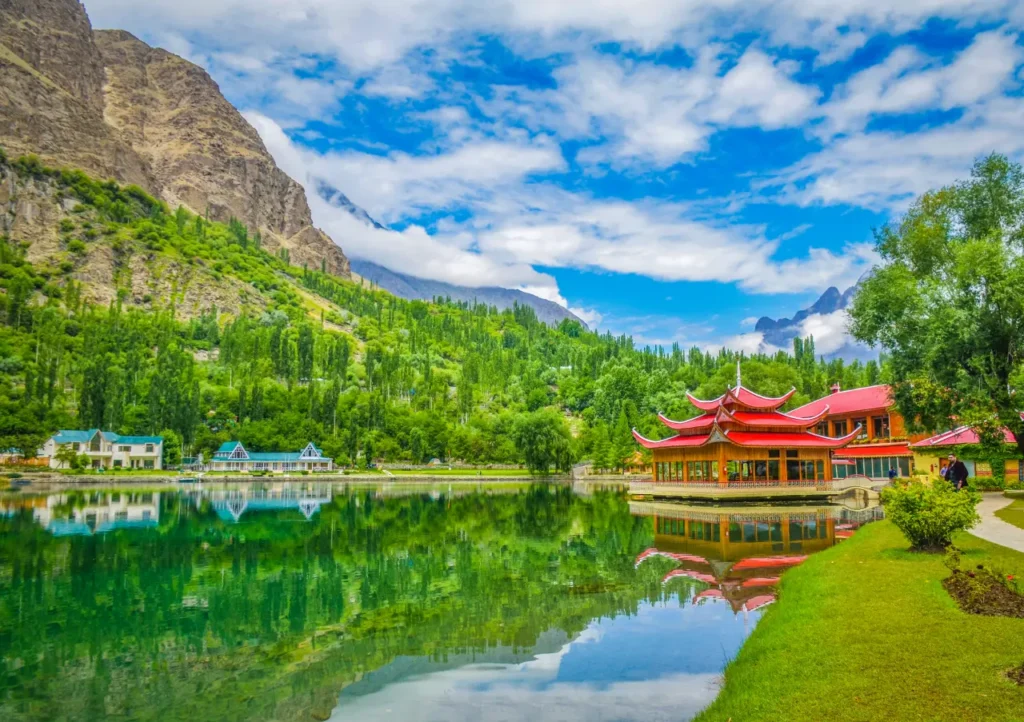
Askole (Pakistan): Askole is a small village located on the trekking route to K2 Base Camp. It serves as the last settlement before embarking on the trek. Basic accommodations such as tents or simple guesthouses are available for trekkers preparing to start their journey. It’s essential to note that facilities in Askole are limited.
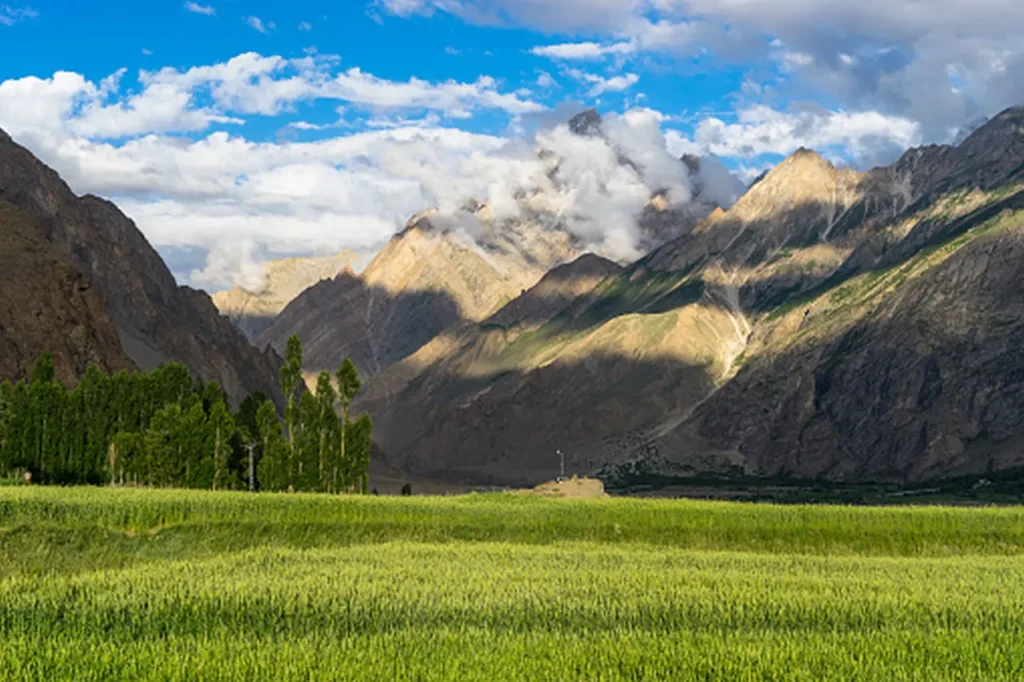
Concordia (Pakistan): Concordia is a spectacular glacial junction located at the confluence of several glaciers in the K2 region. It offers breathtaking views of K2, Broad Peak, and other surrounding peaks. Camping is the primary accommodation option in Concordia, with trekkers setting up campsites in the vicinity. It’s necessary to carry appropriate camping equipment and supplies for an overnight stay.
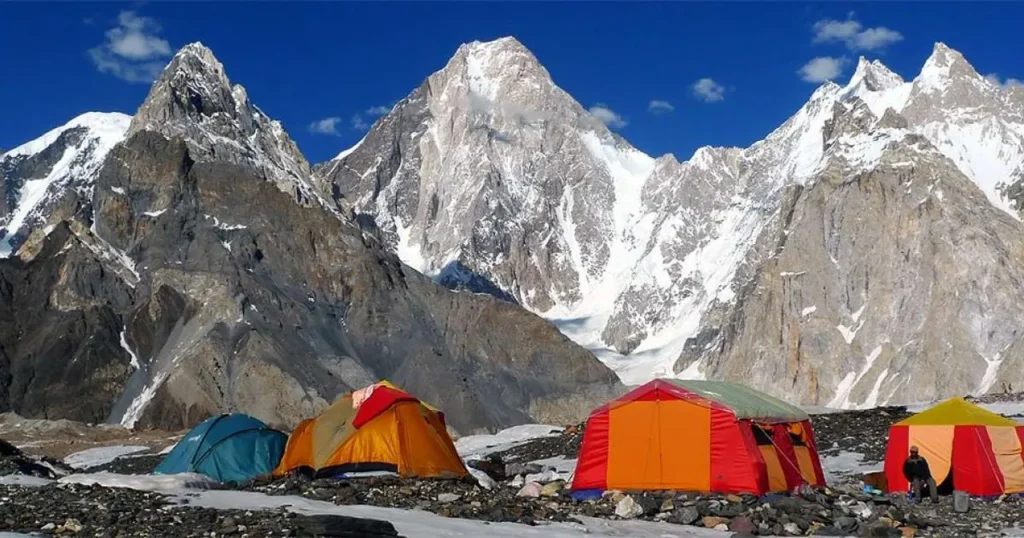
Hushe (Pakistan): Hushe is a small village situated in the Hushe Valley, close to the K2 region. It serves as a base for trekking and climbing expeditions to peaks such as Masherbrum and Gasherbrum IV. Basic guesthouses and camping options are available in Hushe, providing a comfortable place to rest before or after your adventure.
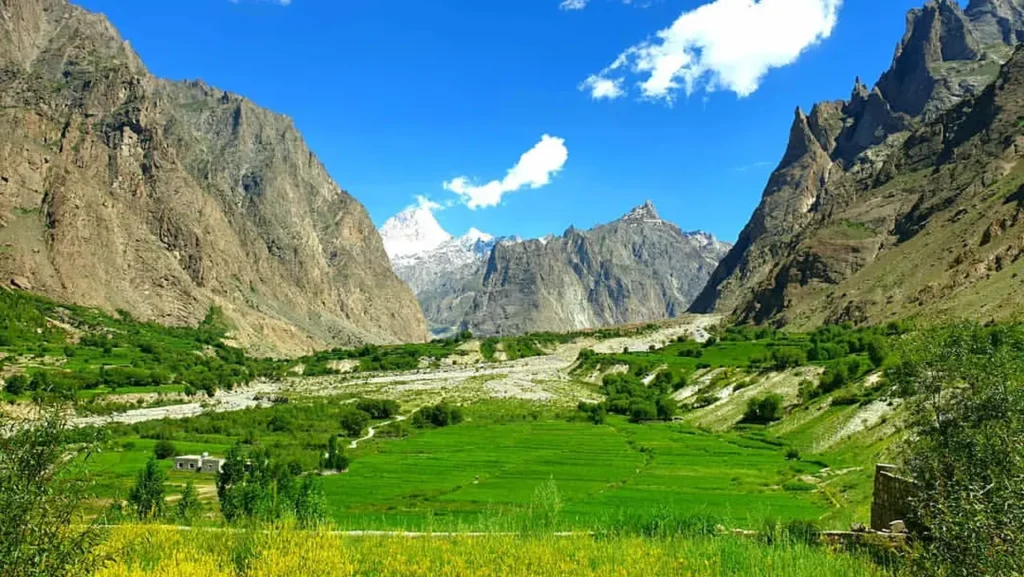
Karakoram Highway (Pakistan/China): The Karakoram Highway, which connects Pakistan and China, offers a few accommodation options along the route. These include guesthouses, small hotels, and rest houses at various stops along the highway. While not in immediate proximity to K2, the Karakoram Highway provides a scenic journey and access to the region.
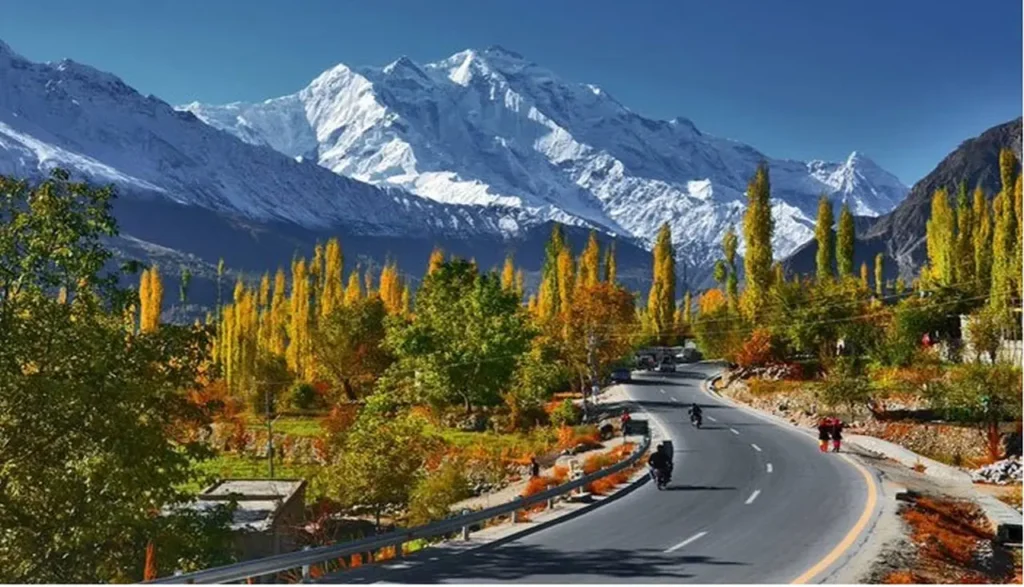
Trekking Base Camps: During mountaineering expeditions or long treks, base camps are set up at different altitudes. These base camps provide temporary accommodation in the form of tents or temporary structures for climbers and trekkers. Depending on the specific expedition or trek you join, you may have designated base camp accommodations.
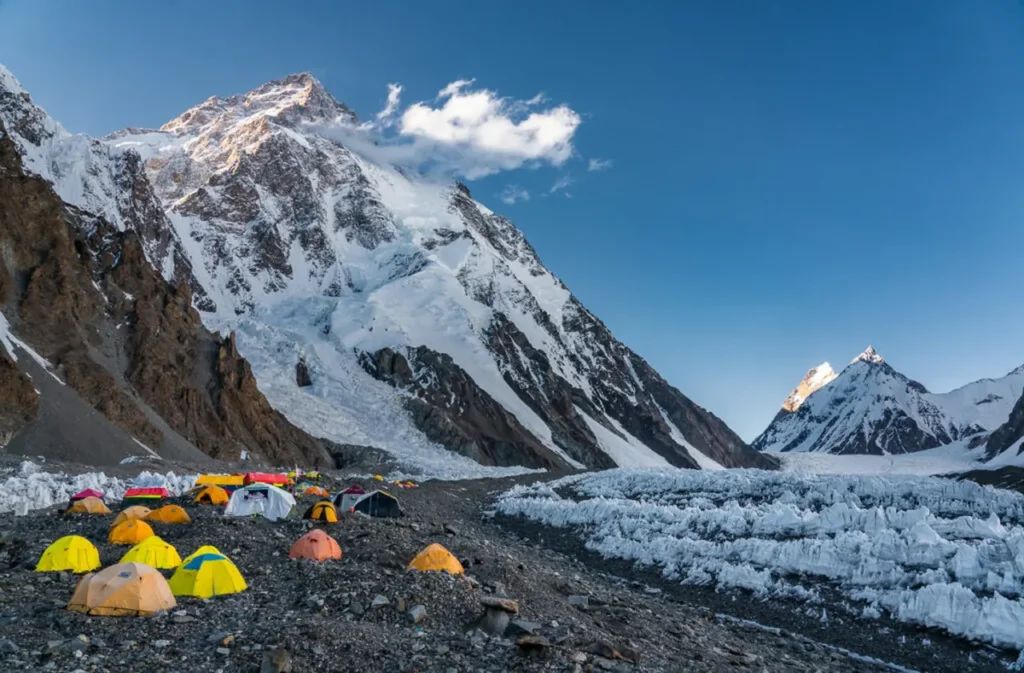
It’s important to note that the accommodations in the K2 region are generally basic, with limited amenities, particularly in remote areas. Facilities such as electricity, hot water, and internet connectivity may be limited or unavailable. It’s advisable to check with tour operators, trekking agencies, or local guides for the most up-to-date information on accommodations and make appropriate arrangements in advance.
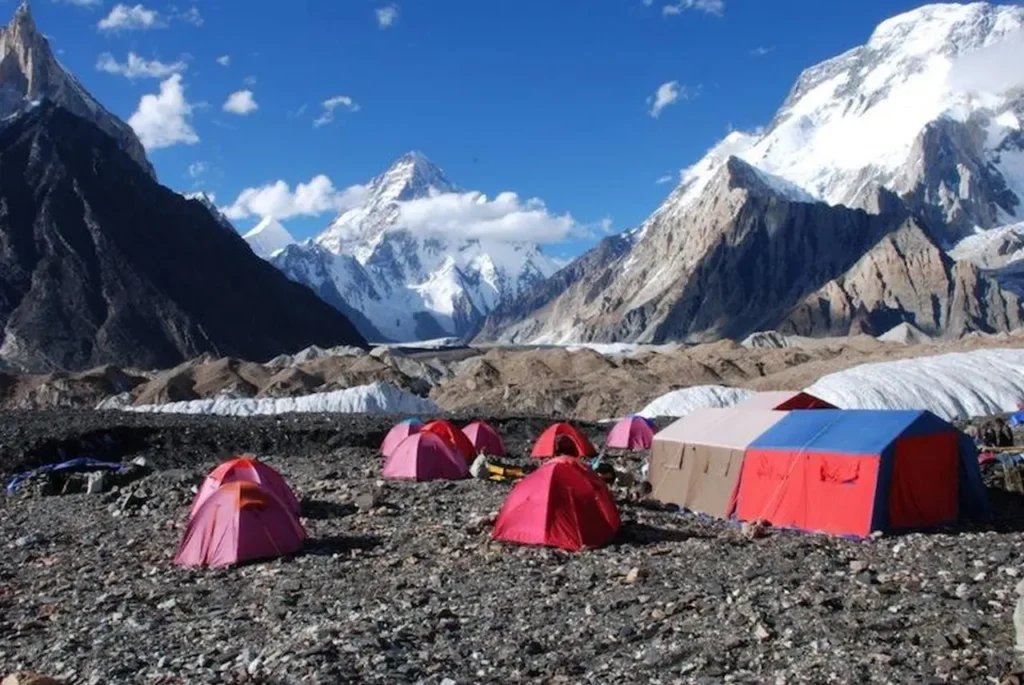
Additionally, if you are planning to embark on a guided trek or mountaineering expedition, the tour operator will typically arrange accommodations for you as part of their package. It’s recommended to research and select reputable tour operators who have experience organizing trips in the K2 region.

Remember to pack essential items such as sleeping bags, warm clothing, and camping gear if you plan to stay in areas with limited or no formal accommodations.
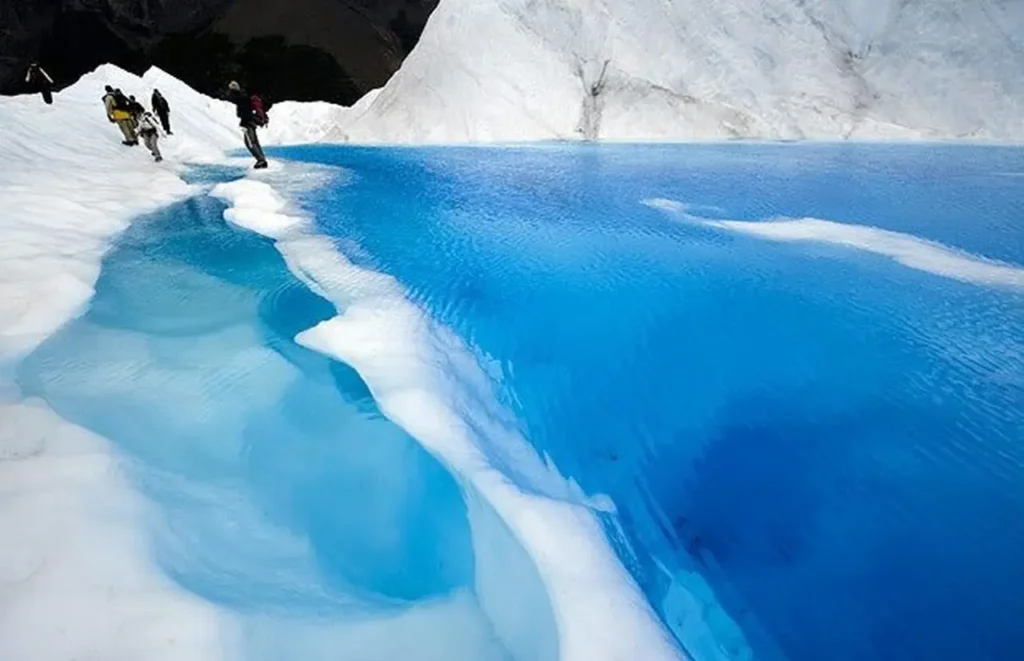
Exploring K2 Mountain will leave you with many interesting experiences. Hope that this article is useful for readers. Please visit our website for more other amazing discoveries!
